The Museum of the Shenandoah Valley (MSV) was an unexpected delight. We went more because the reviews were very good as opposed to thinking that it sounded like fun. And while the museum turned out to be very good, the real highlight was the temporary garden exhibit that I didn’t even know about: Sean Kenney’s Nature Connects Made with LEGO® Bricks!
And the best part was, all this fun was free with our NARM membership!
The MSV, located in Winchester, Va., aims to preserve the cultural life and heritage of the Shenandoah Valley. It includes a museum, gardens, and a historic home. Many of the items in the museum, especially, seemed to an appreciation of every day objects as art, such as furniture and pottery, which I especially enjoy.
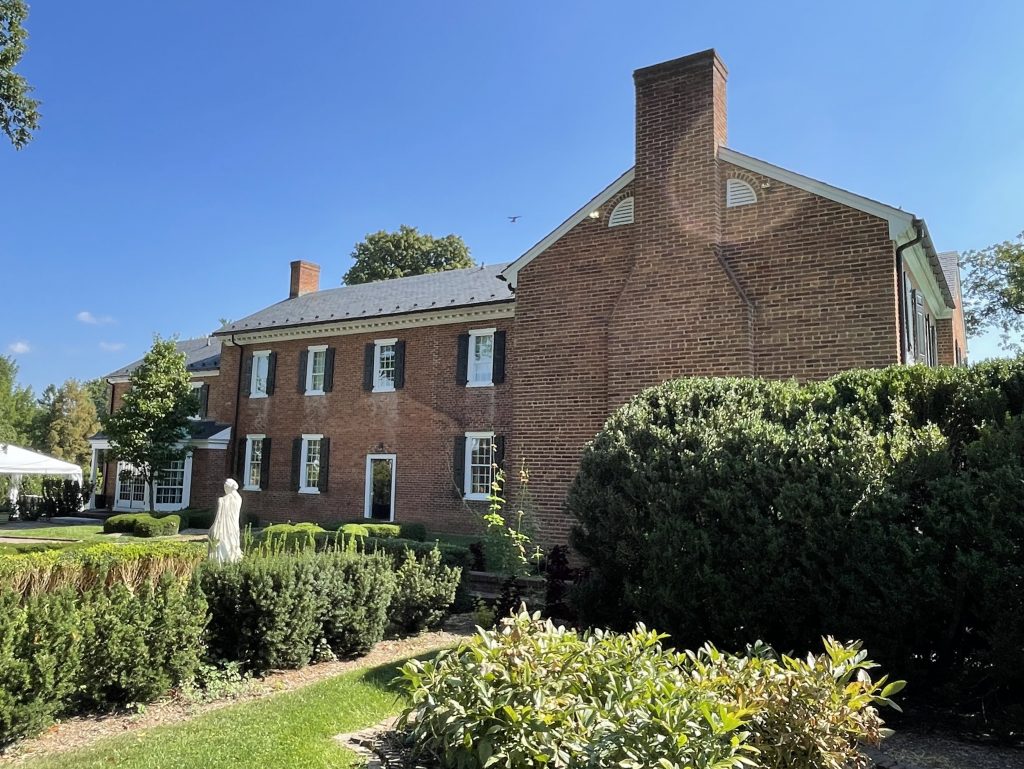
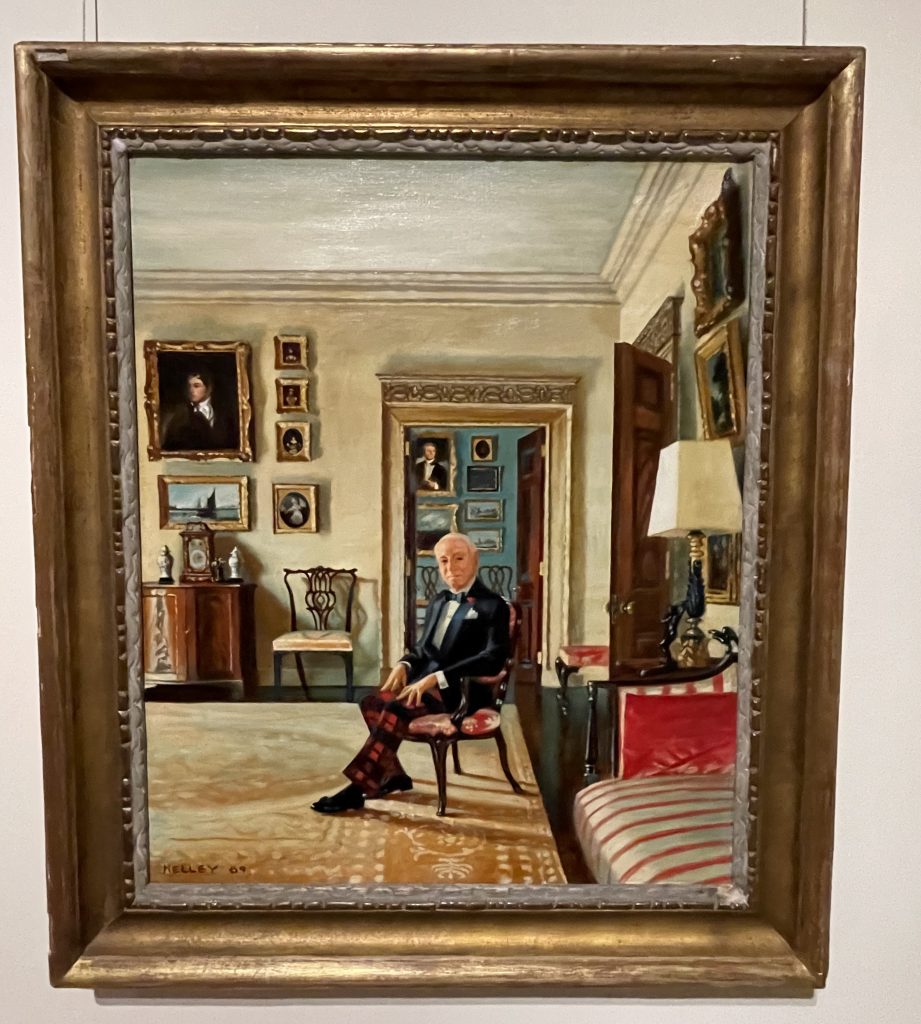
The original section of the Glen Burnie Historic House dates to the 1790s. It remained in the Wood and Glass families throughout its history, finally being inherited by Julian Wood Glass Jr. (1910–1992) in 1955.
Glass and his partner R. Lee Taylor (1924–2000) renovated and transformed the home into an opulent country estate, filling it with artwork and collectables.
Glass was a businessman and philanthropist, but was also quite a collector, traveling the world to make purchases. A friend wrote of him, “When I heard about the Rothschild sale [of art and antiques] at Mentmore, I was afraid that we might have to go over and rescue him from a debtor’s prison.”
Looking at his purchases now on display, I am not surprised his friend thought that! It’s clear Glass took much pleasure from his collection.
The gardens surrounding the home are extensive, including formal gardens, sculptures, fountains, folly buildings, an Asian garden, and much more.
They were created and curated by Taylor starting in 1956.
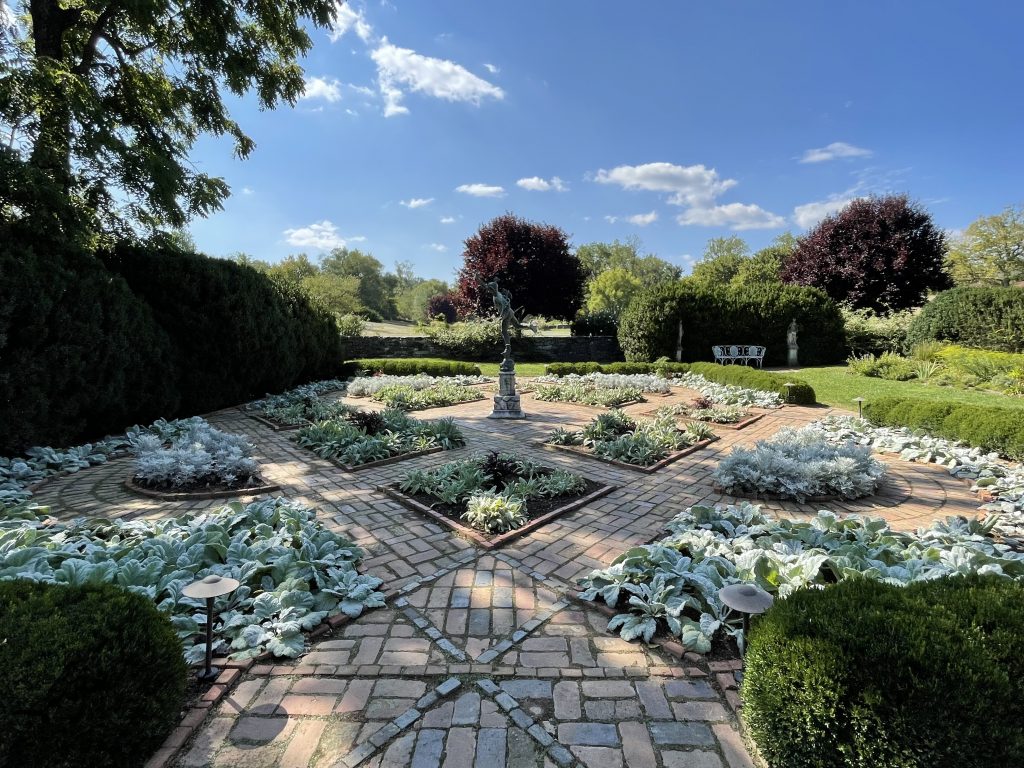
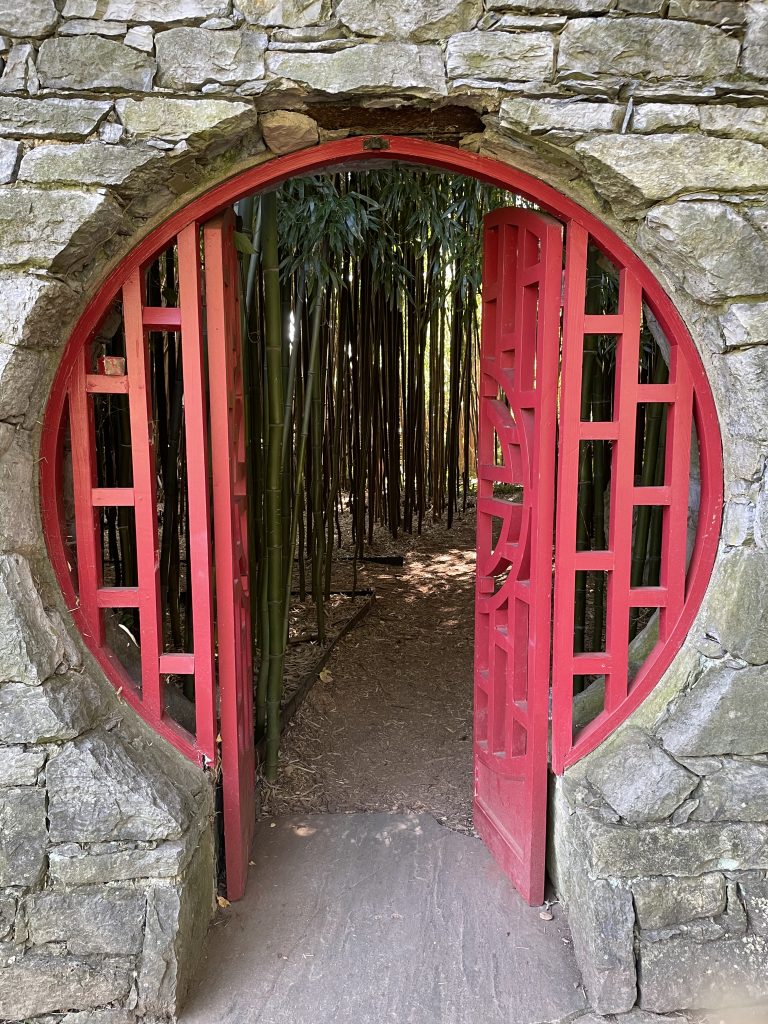
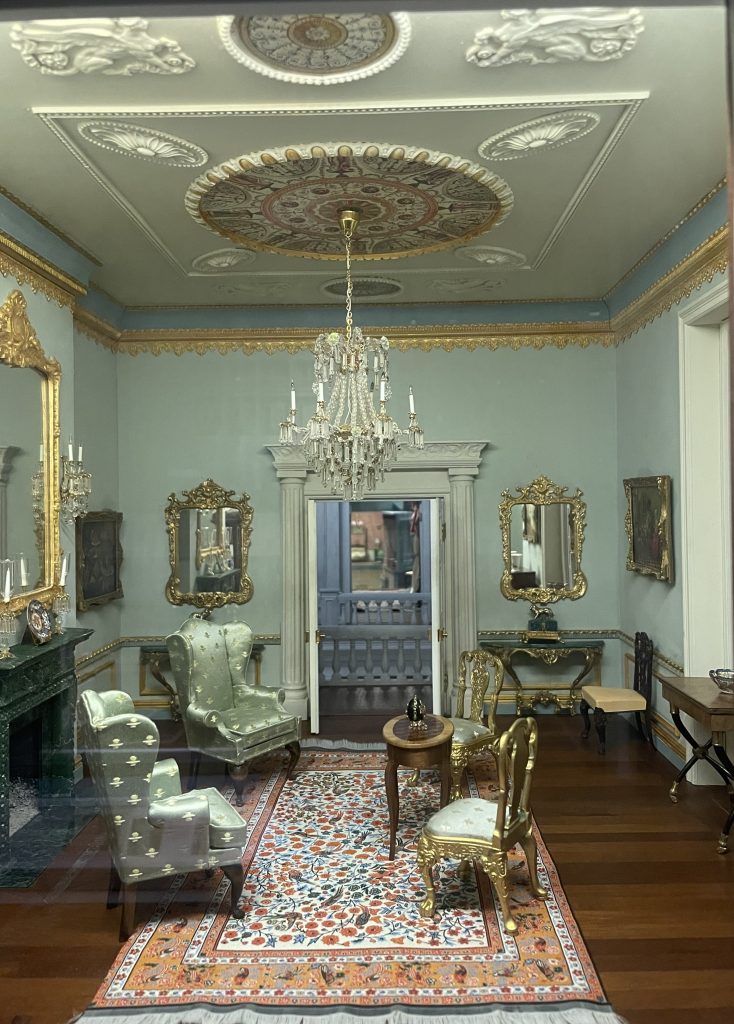
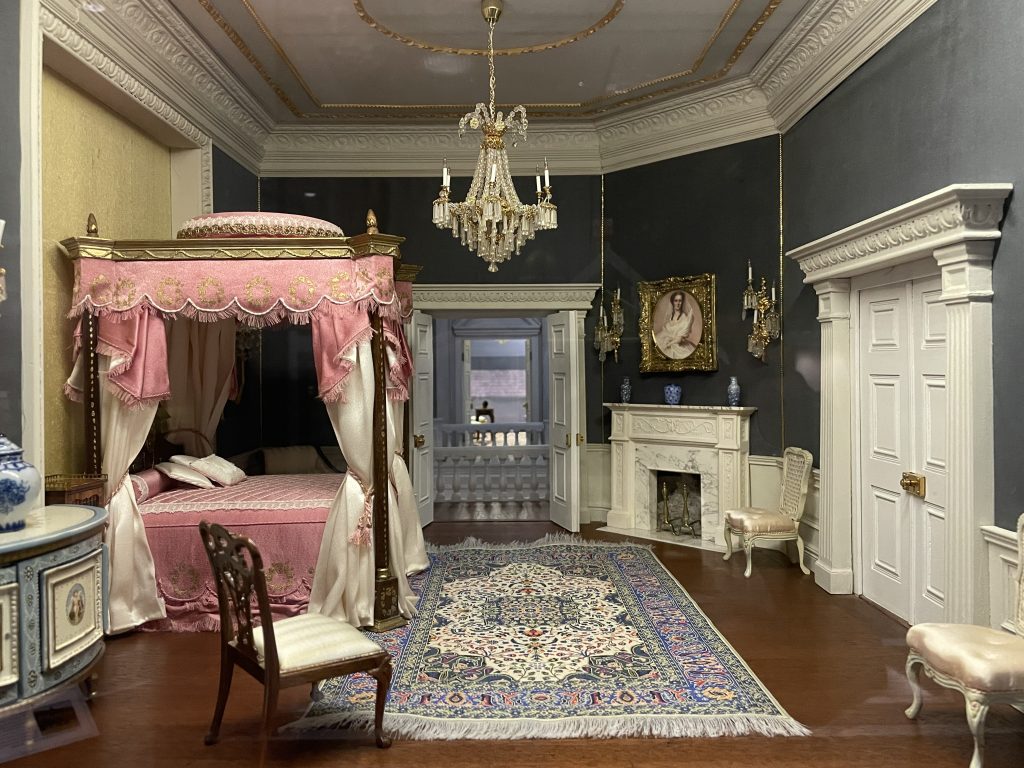
One fascinating permanent exhibit is the R. Lee Taylor Miniatures Gallery. The collection is of miniature houses and rooms meticulously decorated and created, many assembled by Taylor himself.
The details in the rooms were absolutely stunning and unbelievable!
We really enjoyed the temporary (through May 2024) exhibit, Across the Pond: American & British Art from the Julian Wood Glass Jr. Collection.
As it features Regency-era portraits, landscapes, and furniture, it’s really no surprise that either of us found delight in the items displayed: richly upholstered and ornately carved furniture, and top-notch portraits and landscapes by Sir Thomas Lawrence, Rembrandt Peale, George Romney and Gilbert Stuart! None-too shabby!

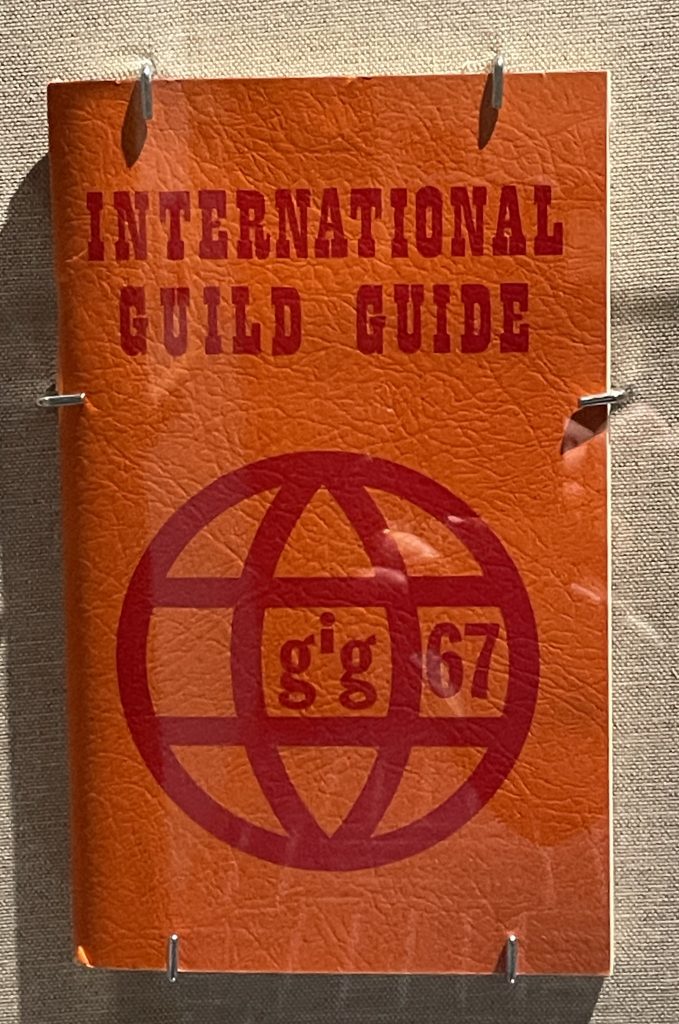
We were both touched by the temporary (through March 2024) exhibition, 123 – I love you, which offers a glimpse into Glass’ romantic life.
During Glass’ lifetime, homosexuality was still considered something that needed to be kept hidden, so letters to lovers had to be discreet. The numbers 1, 2, and 3 correspond to the number of letters in “I love you” and were used routinely by Taylor in his very personal correspondence – effectively writing in code so that evidence of his affection would be kept secret.
It was lovely to see his long-term happiness with his partners (he was with Taylor for two decades), but still sad to see how they had to keep it under the radar.

Glass left the home, gardens and property to the Glass-Glen Burnie Foundation upon his death.
The house and gardens opened as a public site in 1998, though the sizeable museum featuring the history and culture of the Shenandoah Valley did not open until 2005.


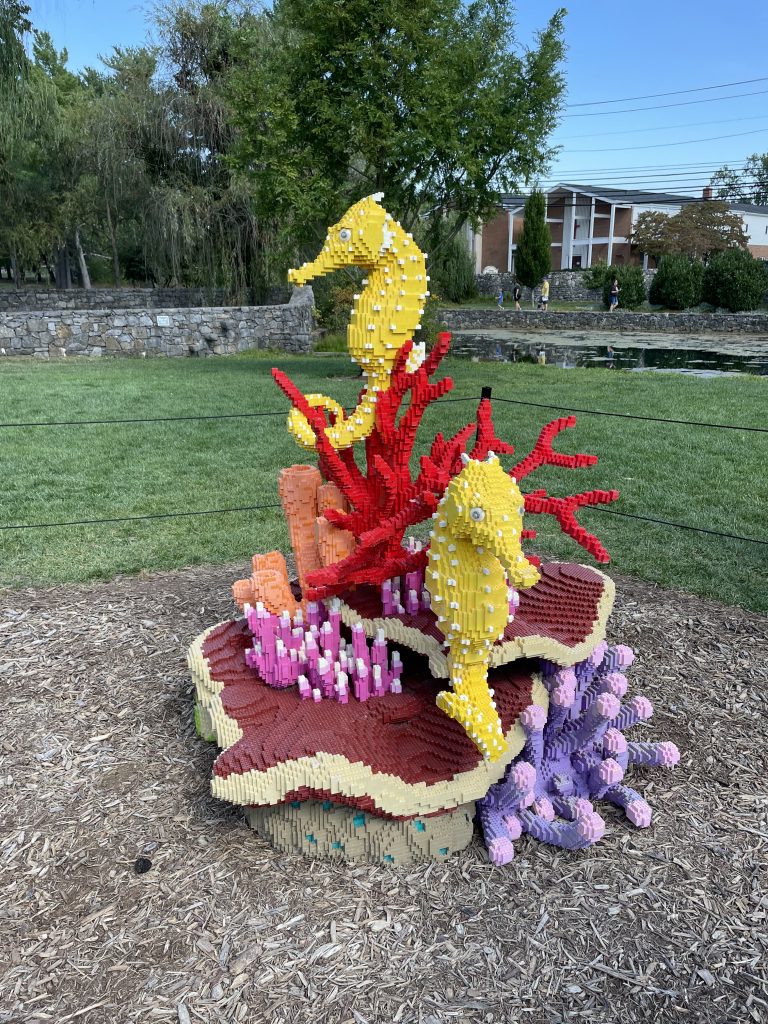
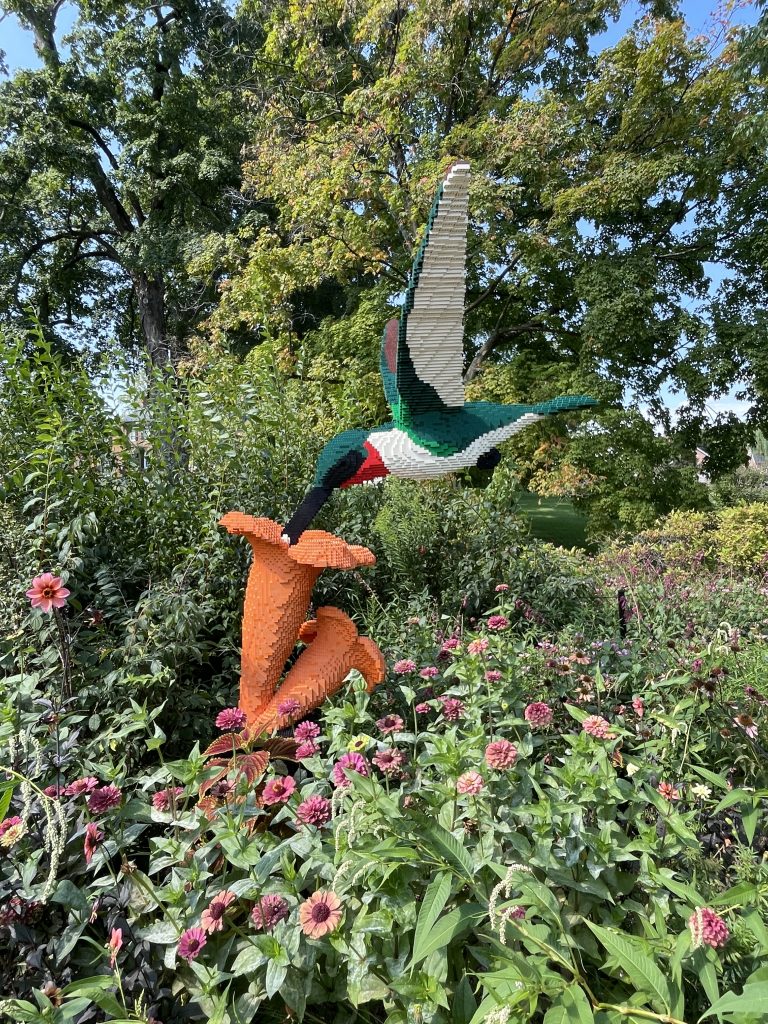
Sean Kenney’s Nature Connects Made with LEGO Bricks was another highlight of our visit.
Until we pulled into the parking lot at an early time and saw so many people, we had no idea something special was afoot.
I was thrilled they put the LEGOs in the garden, because that’s virtually the only way to get Doug interested in walking through a garden. (Well, that and trolls, apparently.)
The exhibit included 13 displays that explored “animal endangerment, the balance of ecosystems, and mankind’s relationship with nature.”
We had recently been to another LEGO exhibition, The Art of the Brick, and I had been disappointed (though Doug was not); I thought the displays there were flat and uninspired.
However, as we walked through Kenney’s installation, I said “This is what was missing last time!” The sculptures were vibrant and colorful, and I really enjoyed them.
The cover photo, Mother Polar Bear and Cubs, was built from 133,263 bricks and took 1,048.5 hours to build

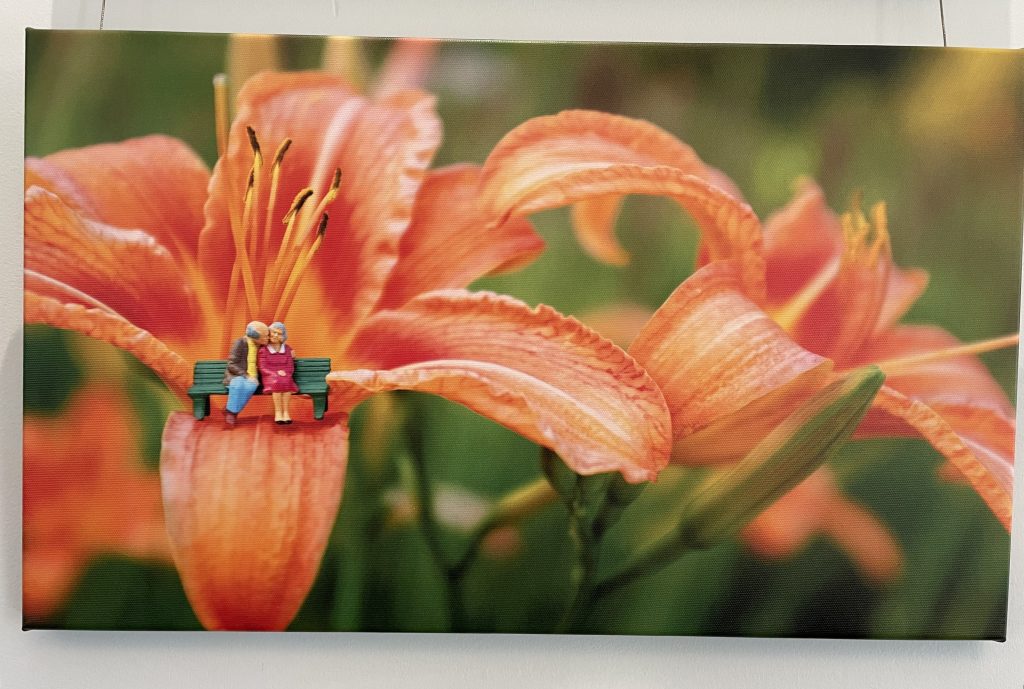
There is one last exhibit I want to mention before I share a final large collection of photos (I can’t help it, the museum was great!).
The Tiny Ridge photography exhibition (through December 2023) features the work of Sarah Jones Decker (no relation), who used miniature figures from model train sets to create an imaginary world in the landscape surrounding her North Carolina farm when she was a little stir-crazy during the pandemic.
I thought they were spirited and whimsical, and lots of fun!
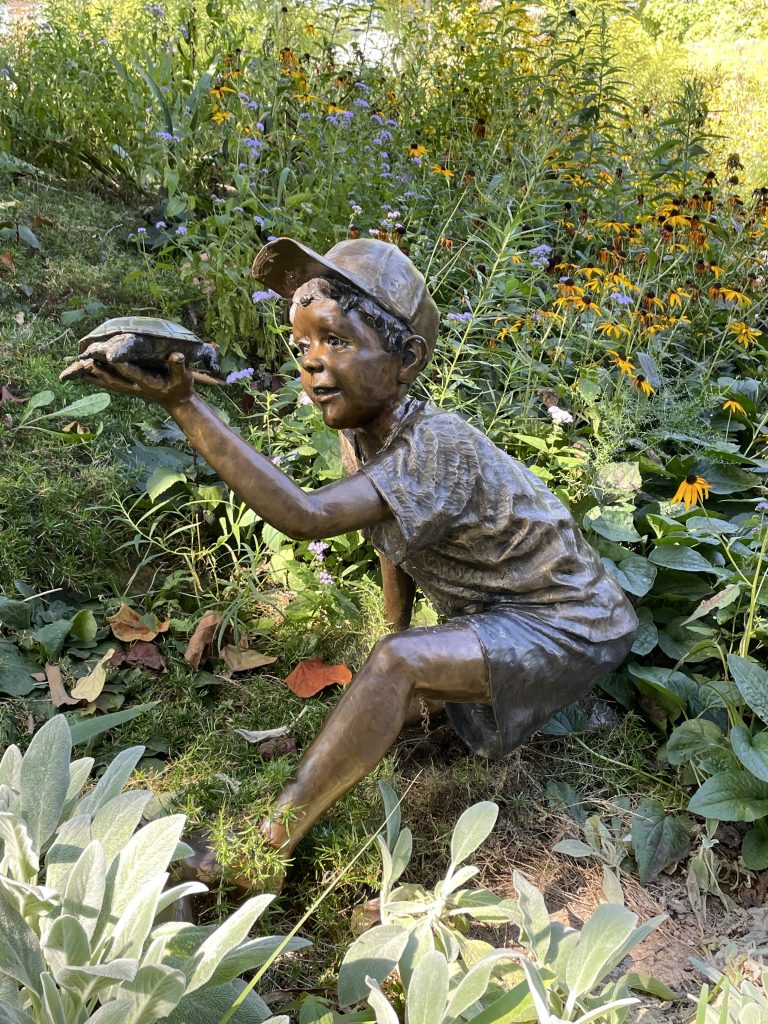
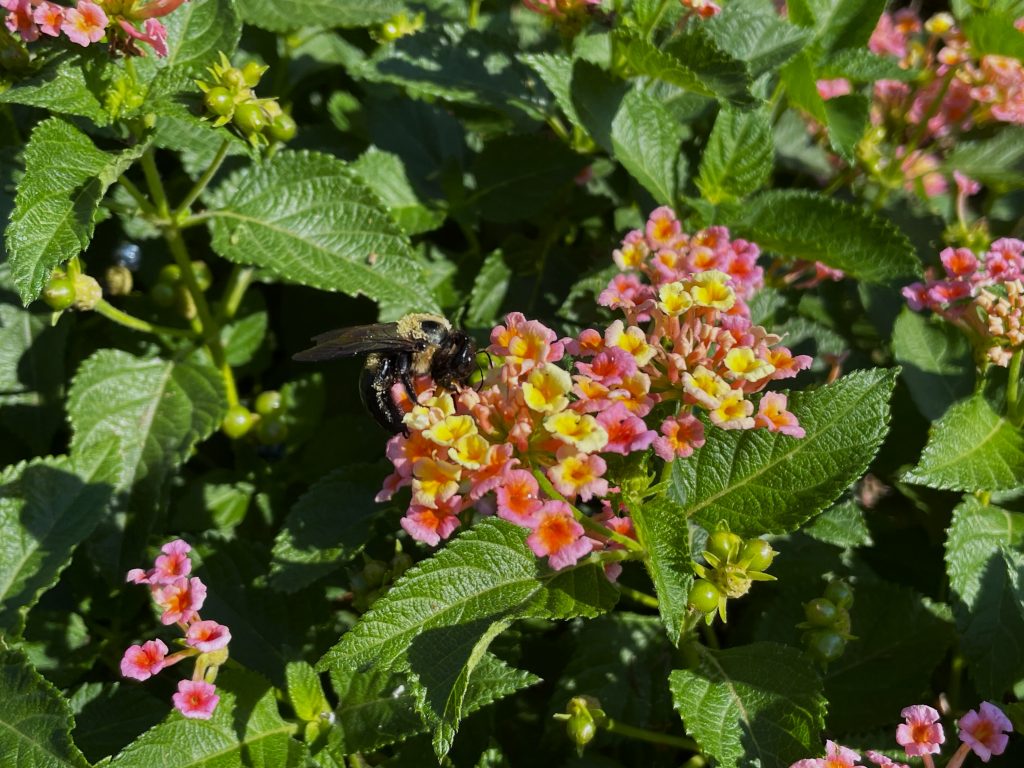
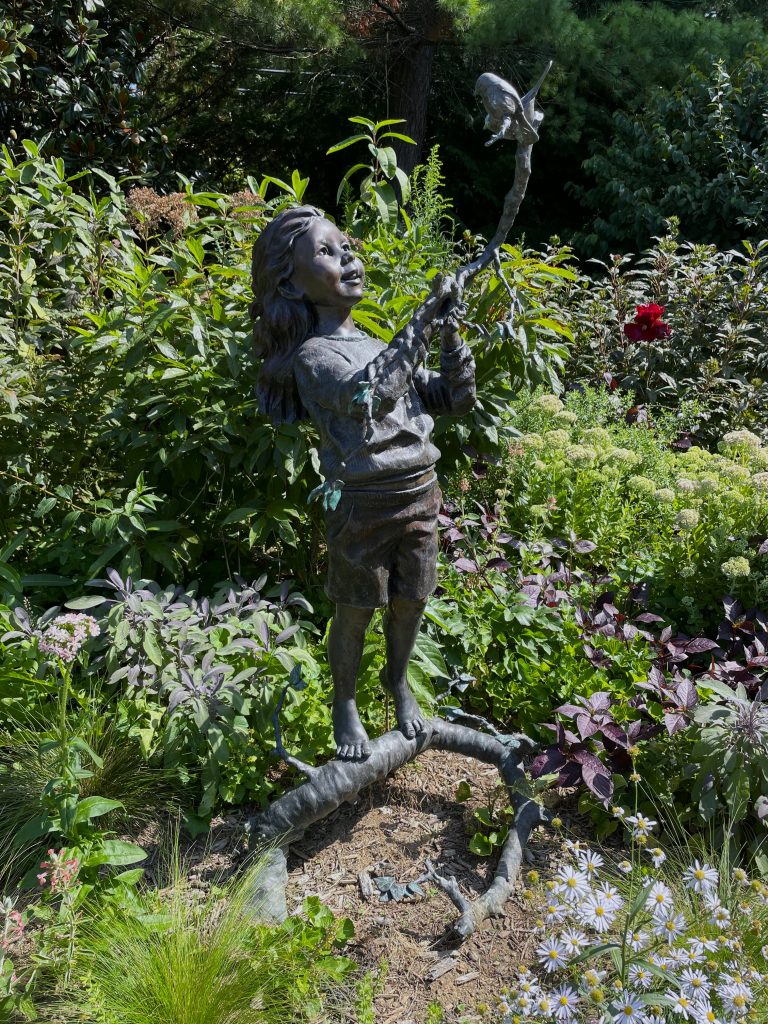
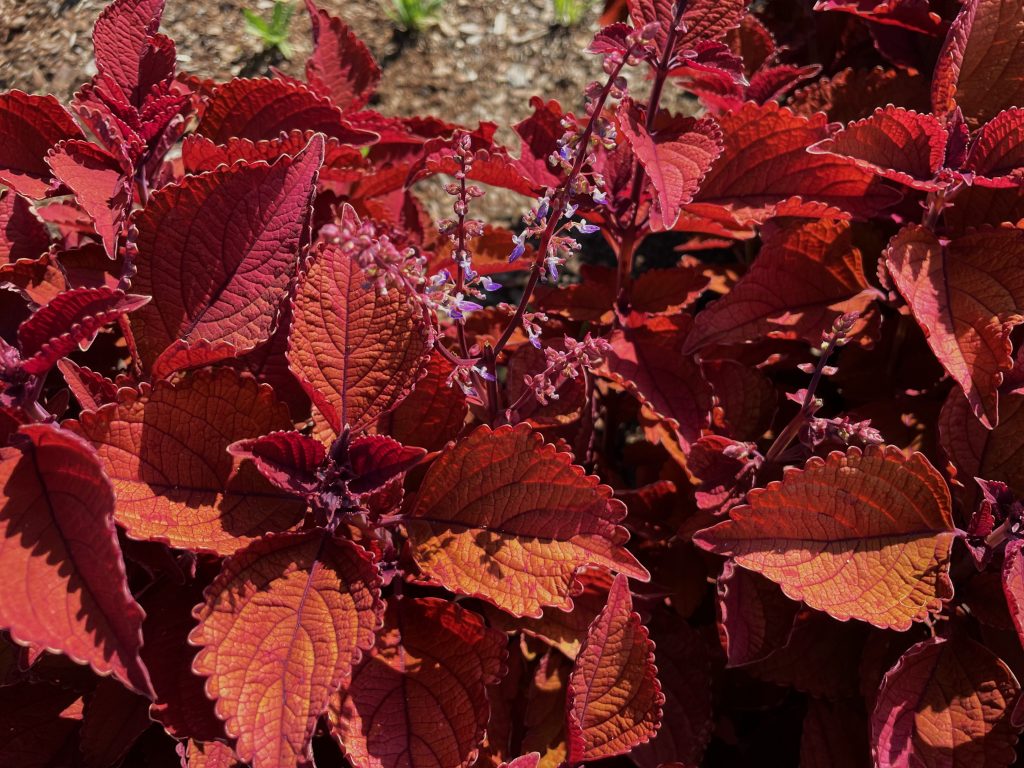
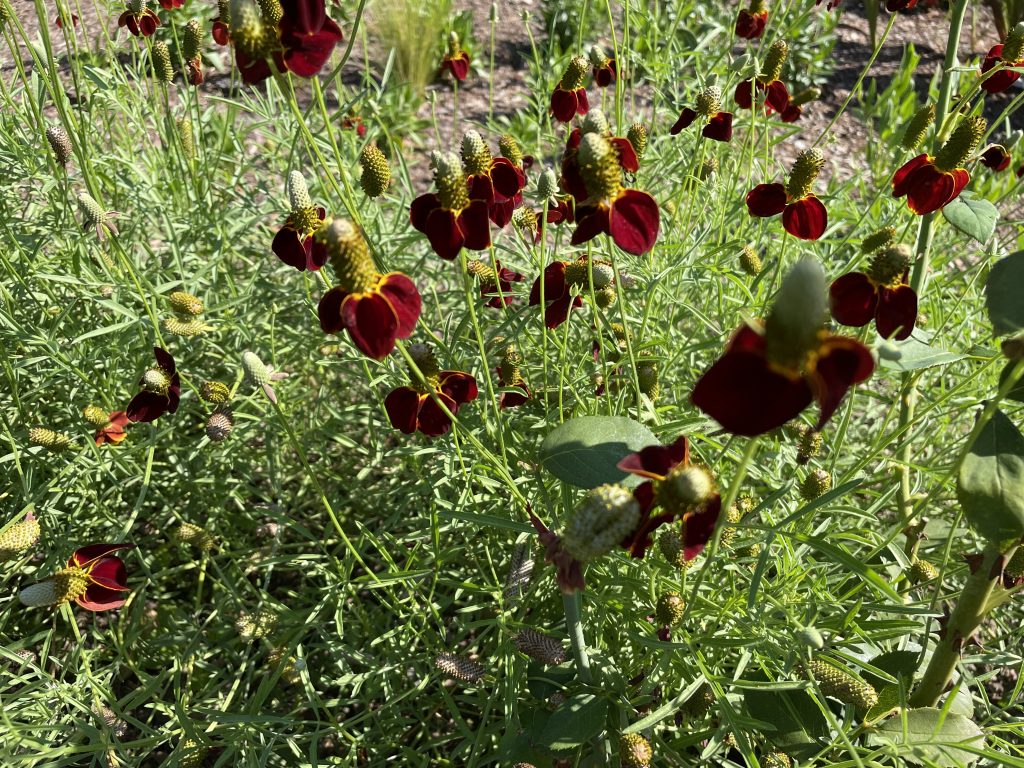
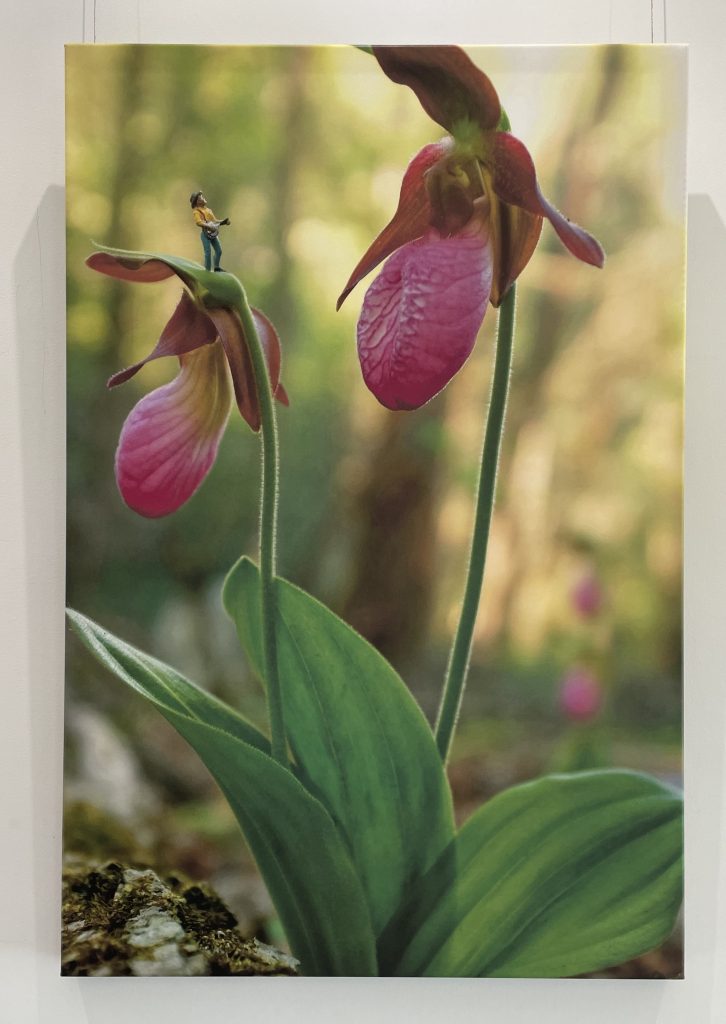
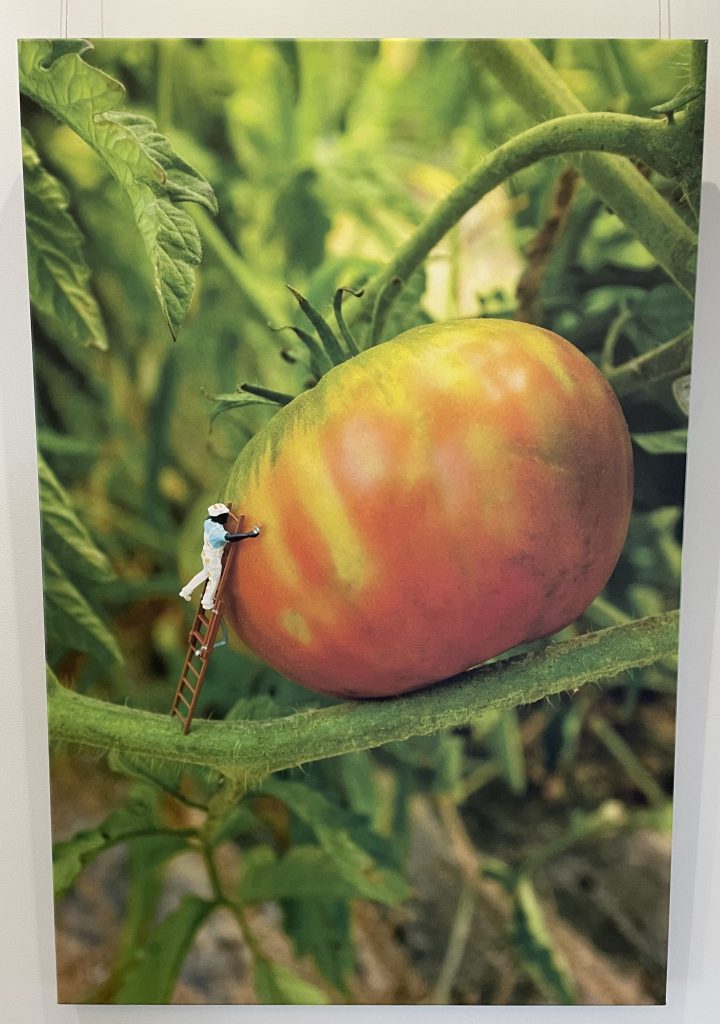
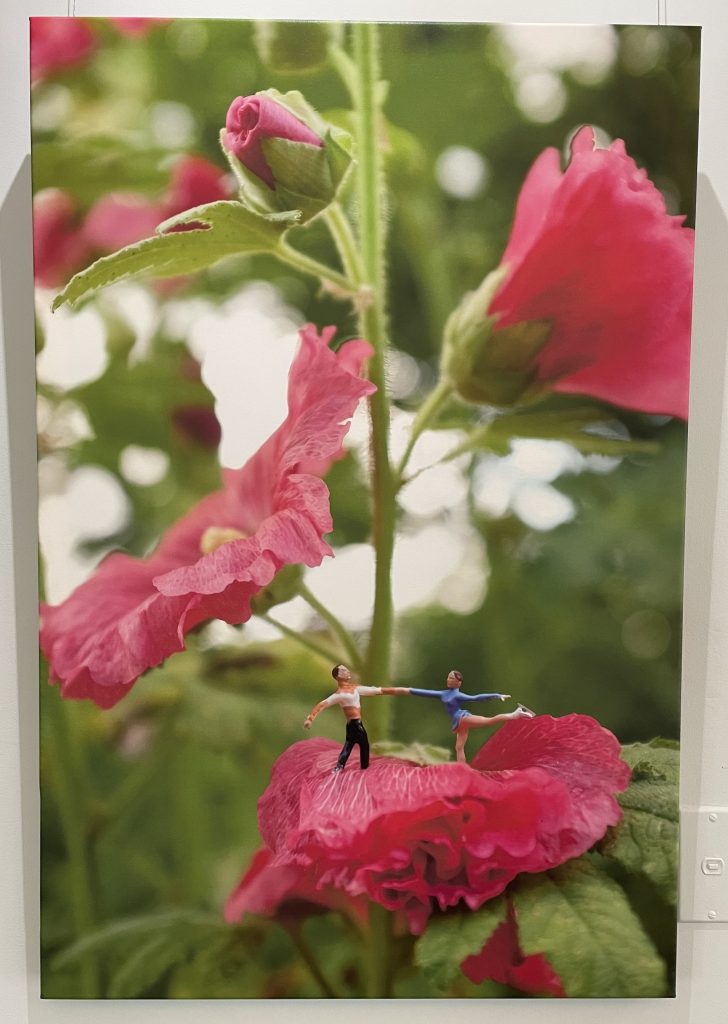
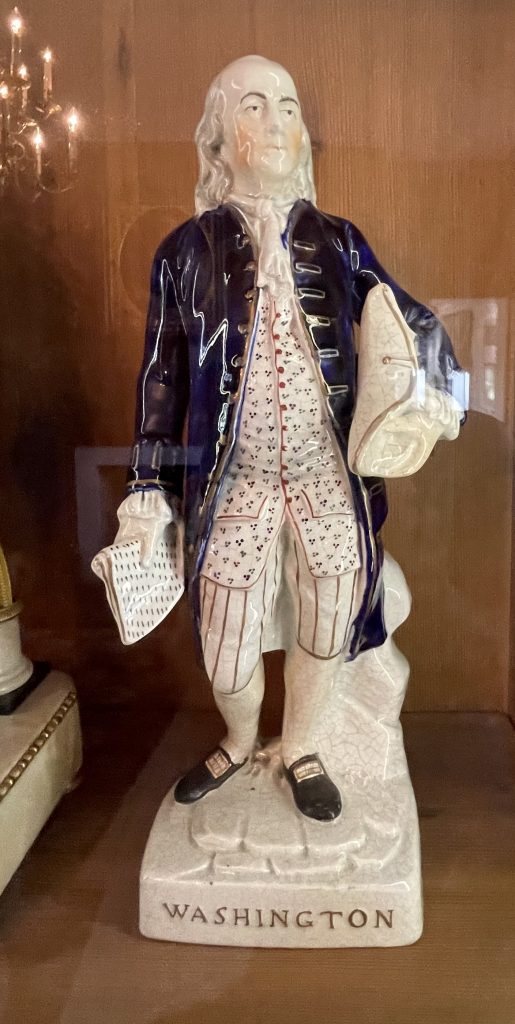
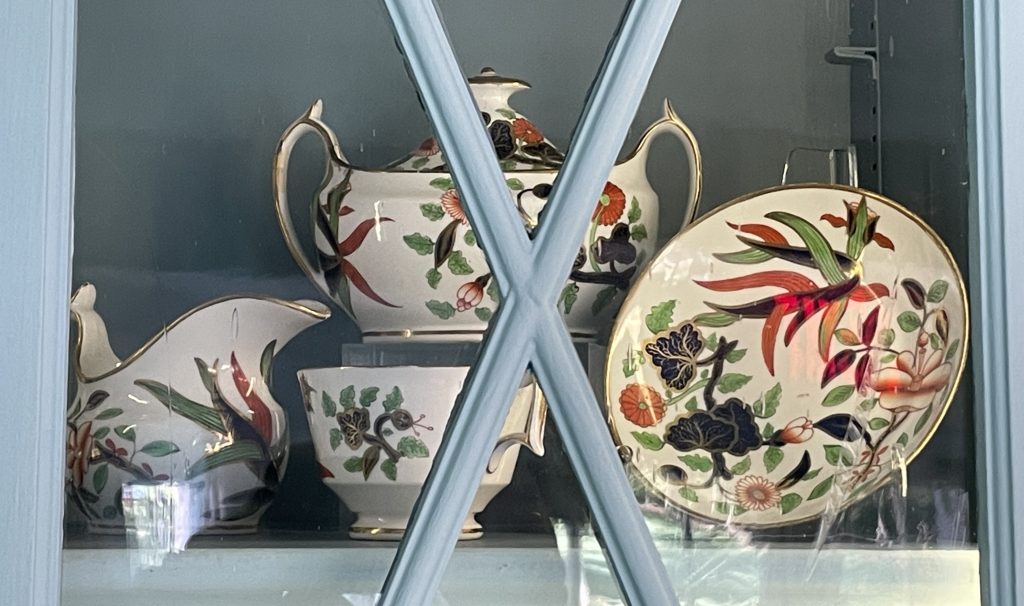
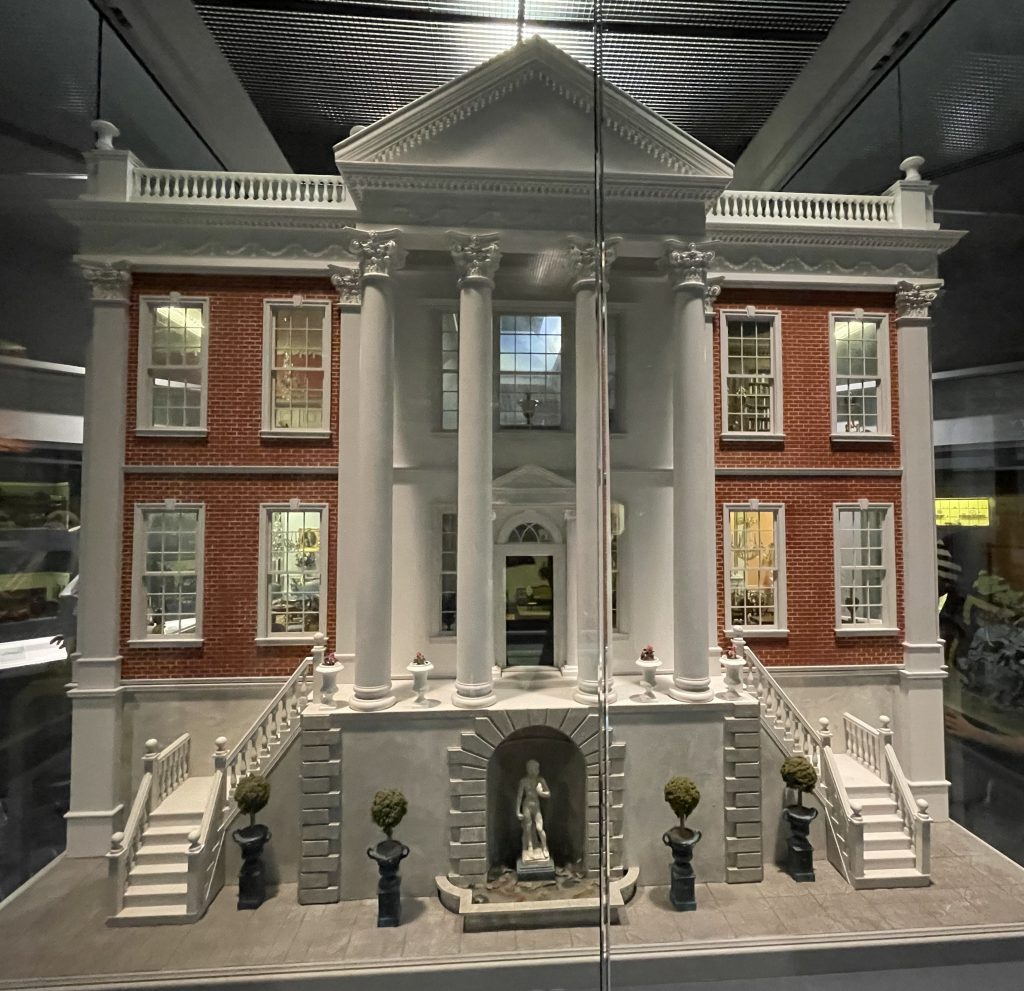
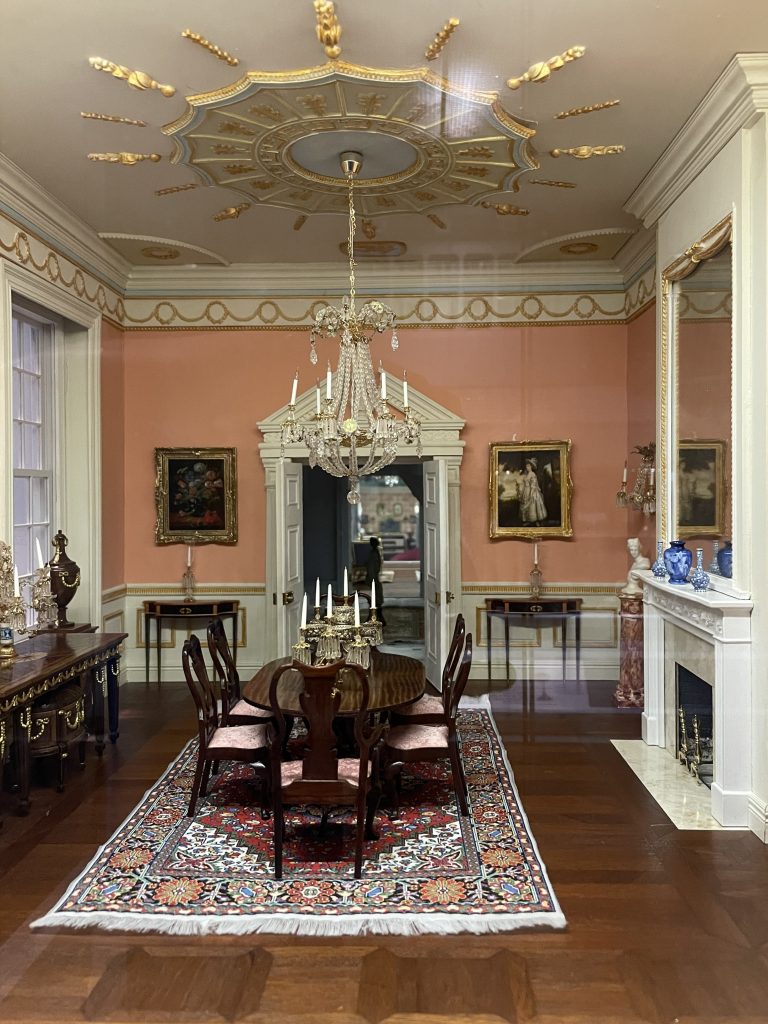
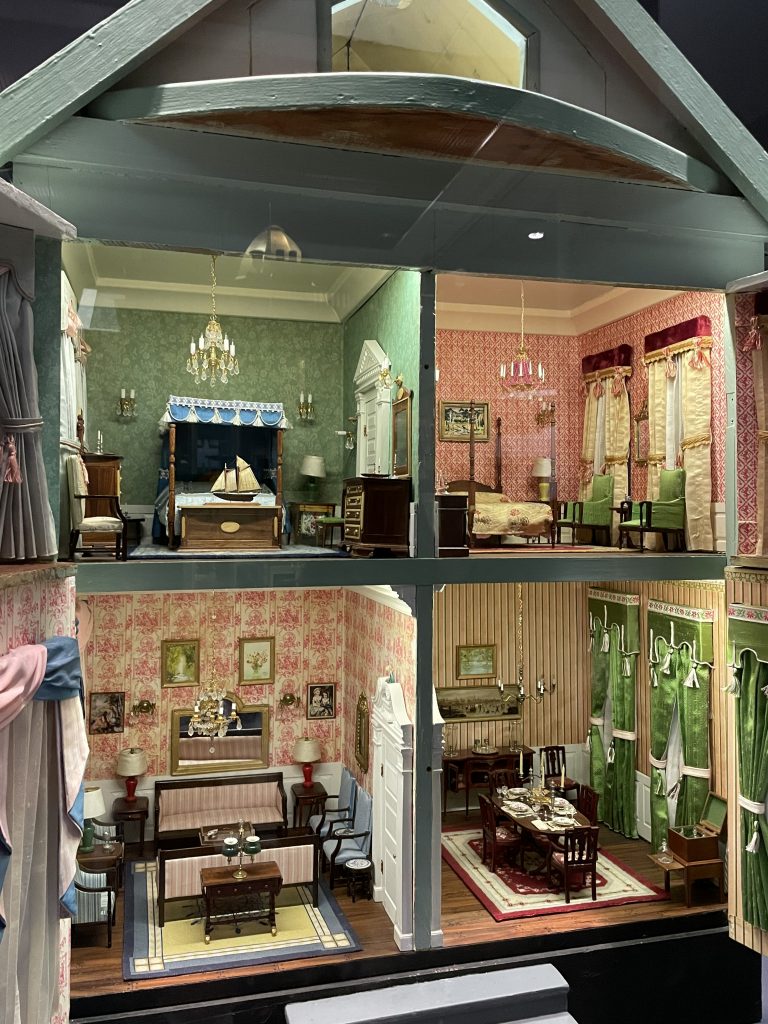
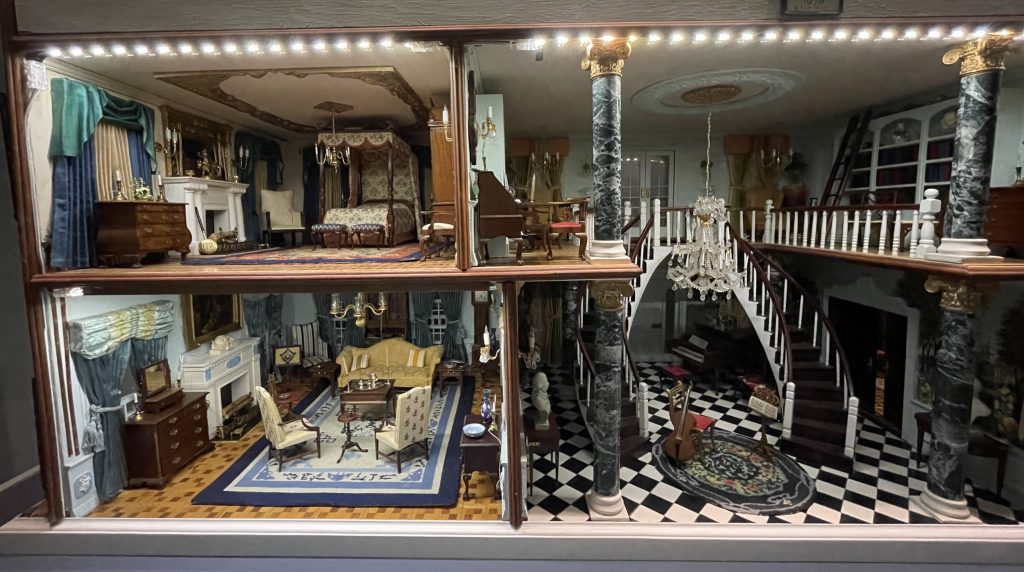
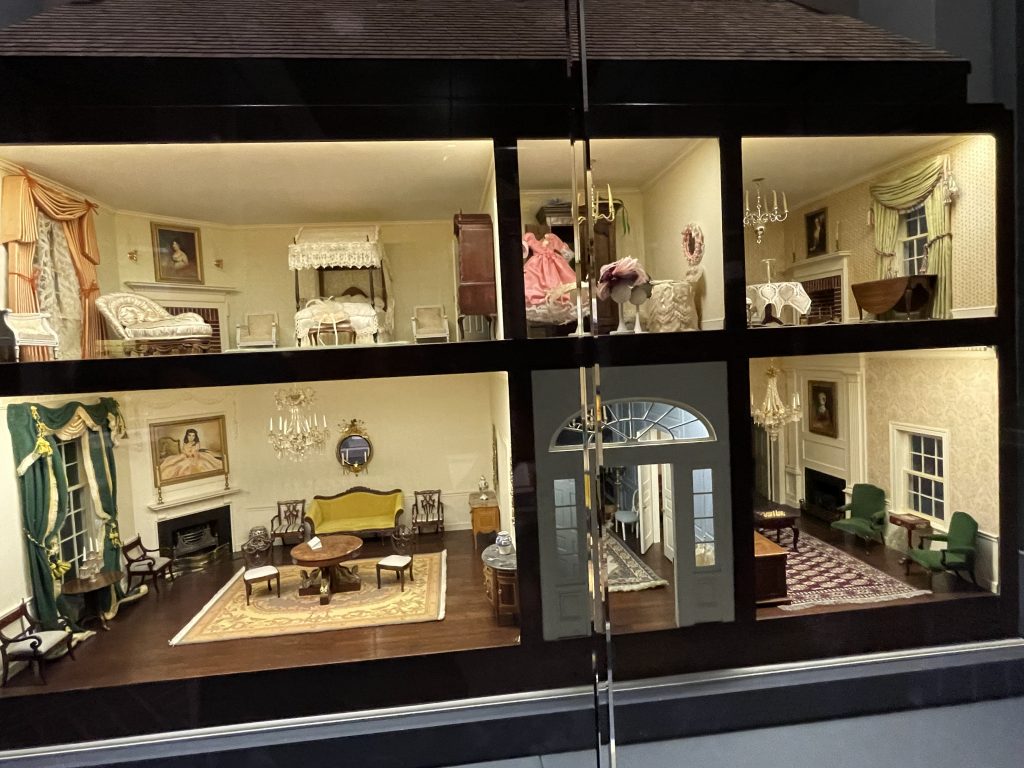
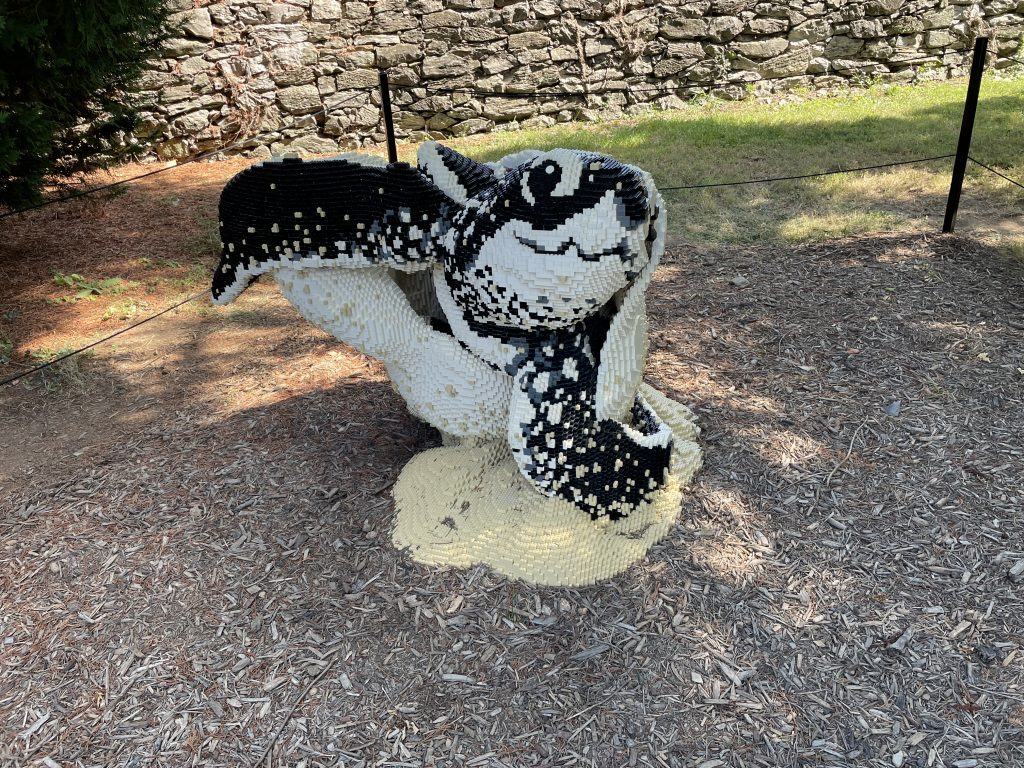
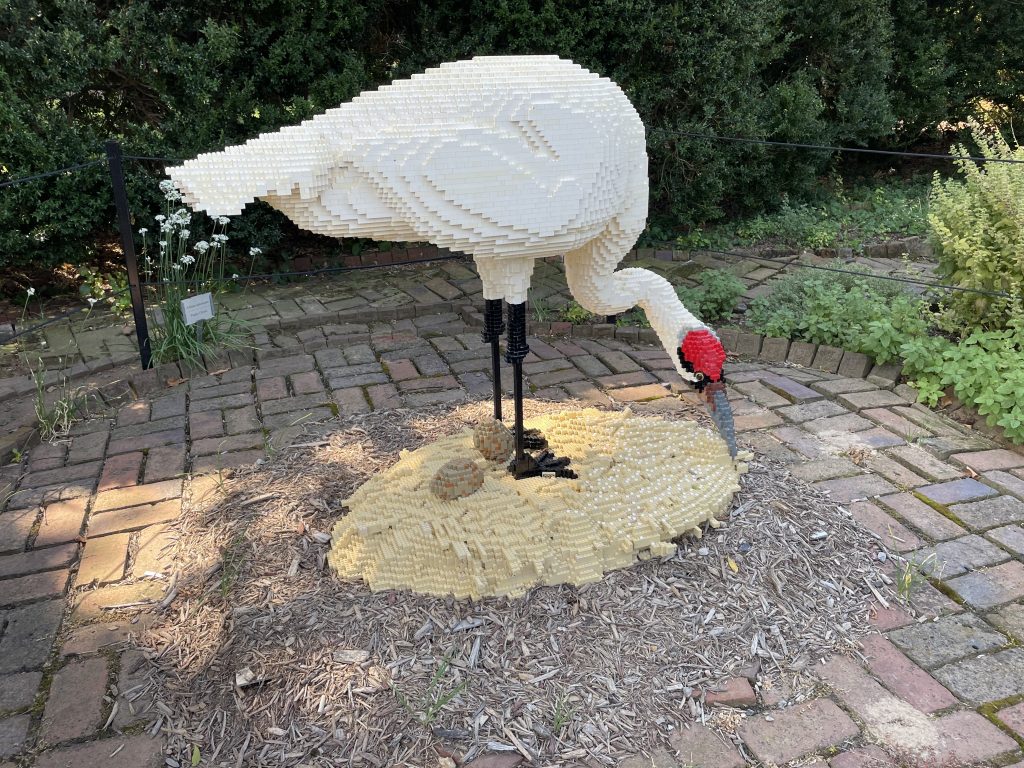
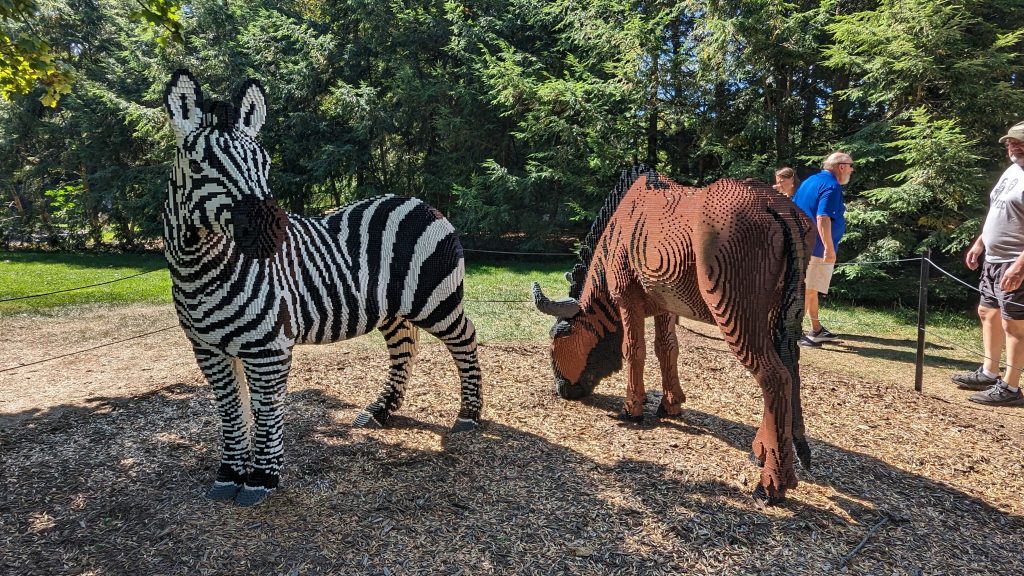
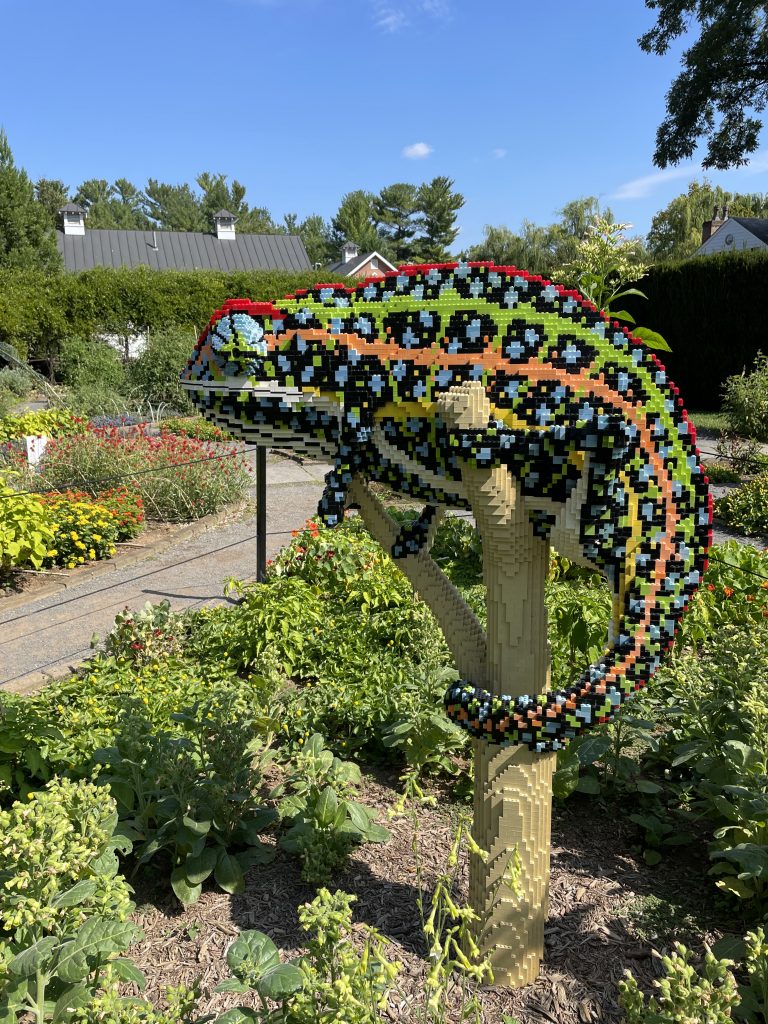
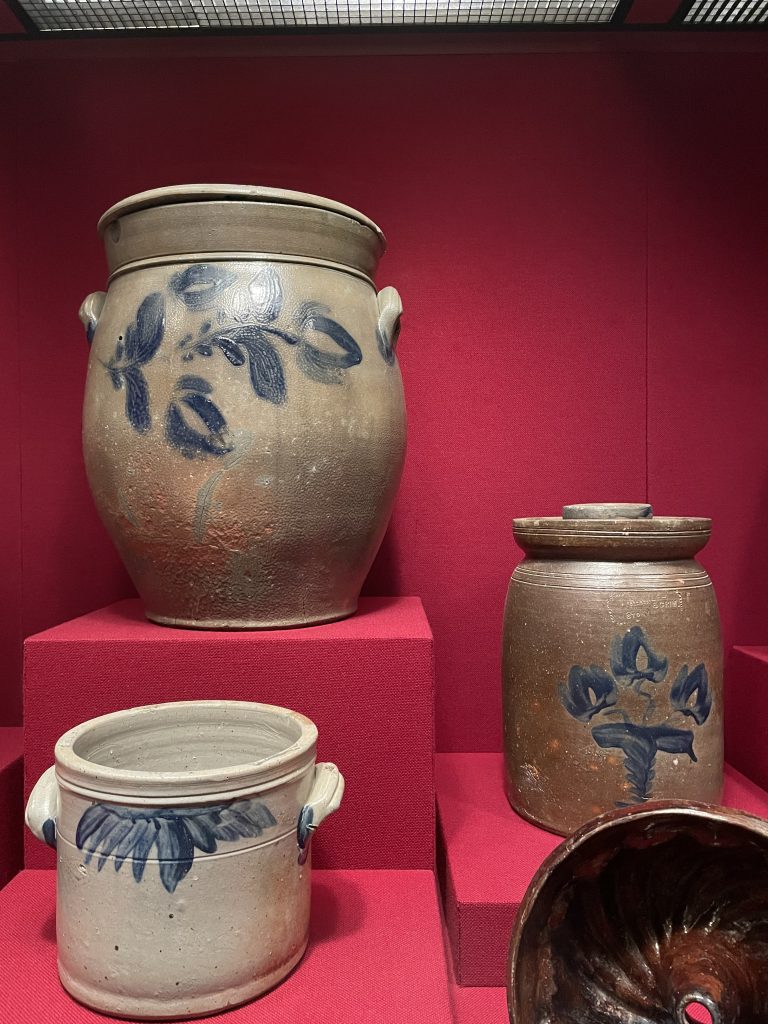
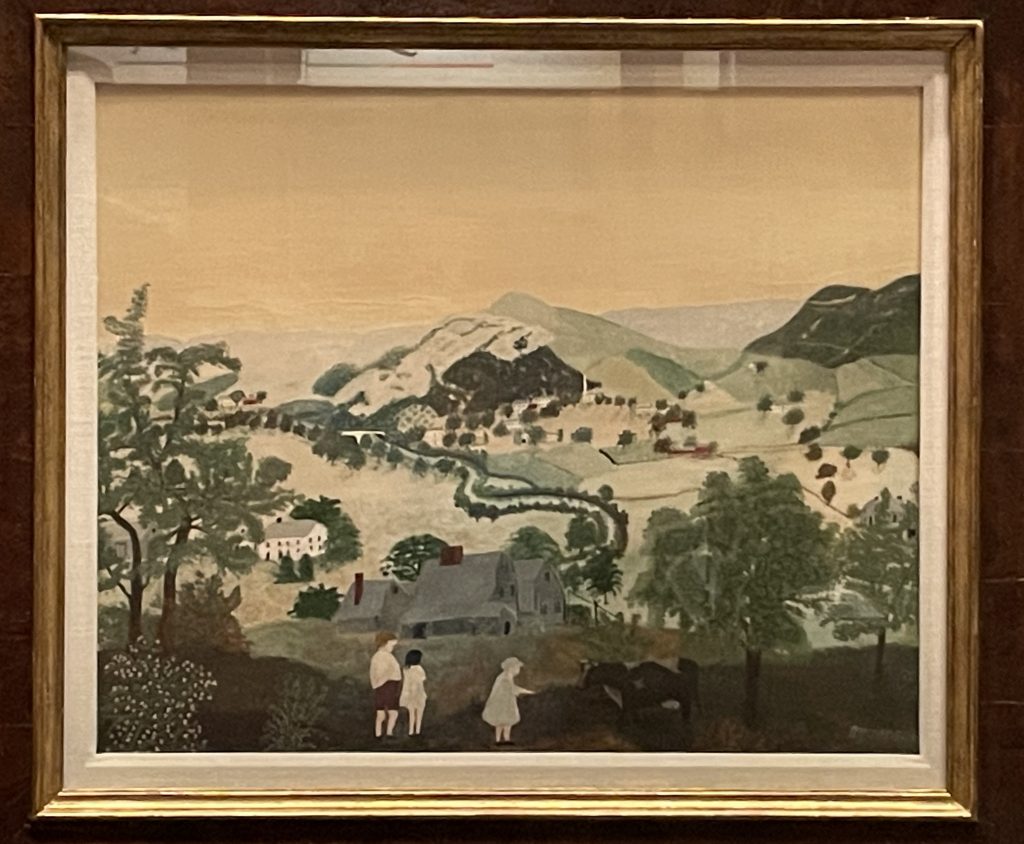
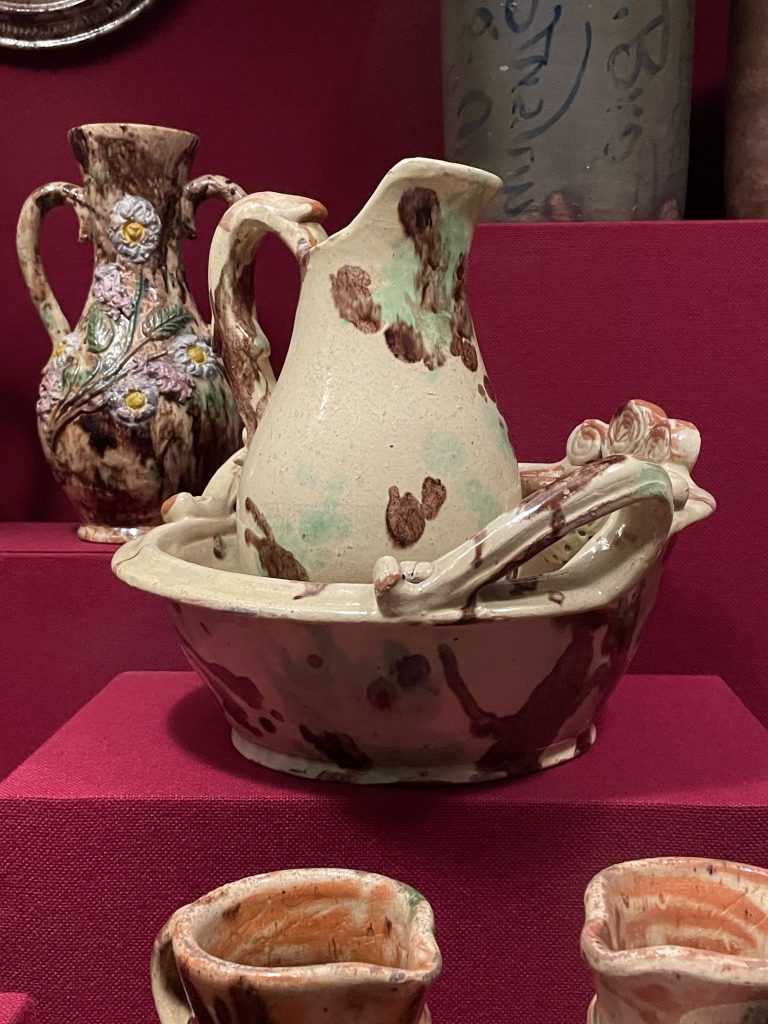
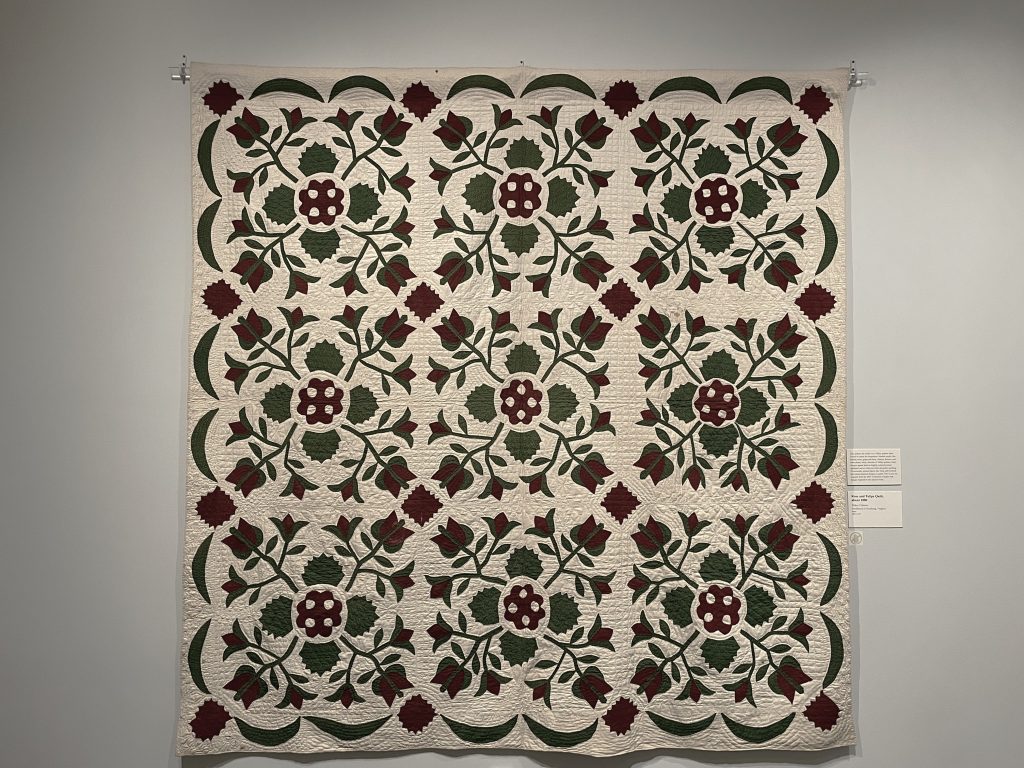
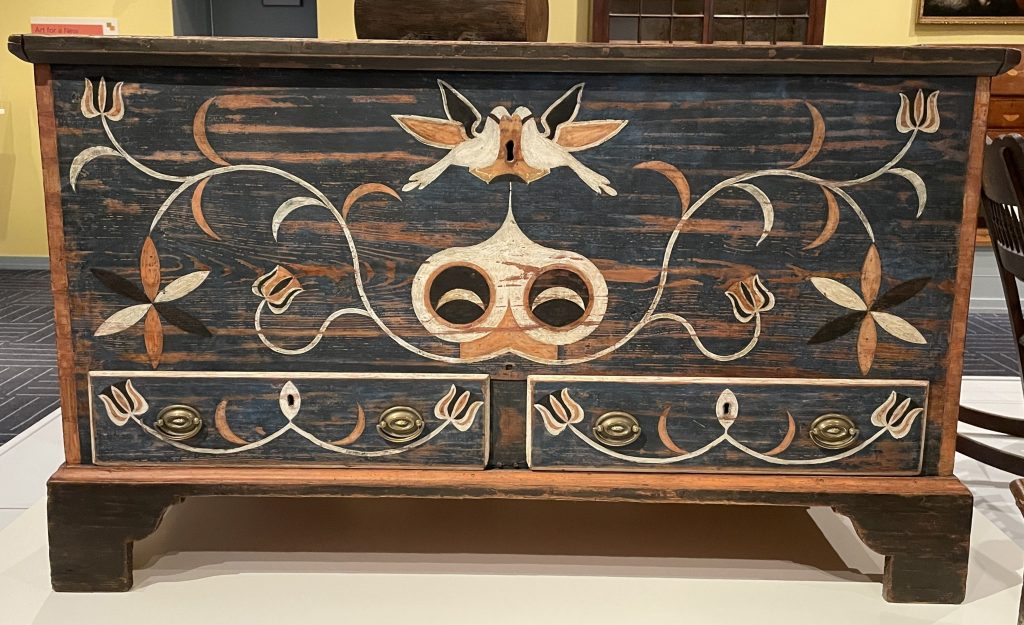
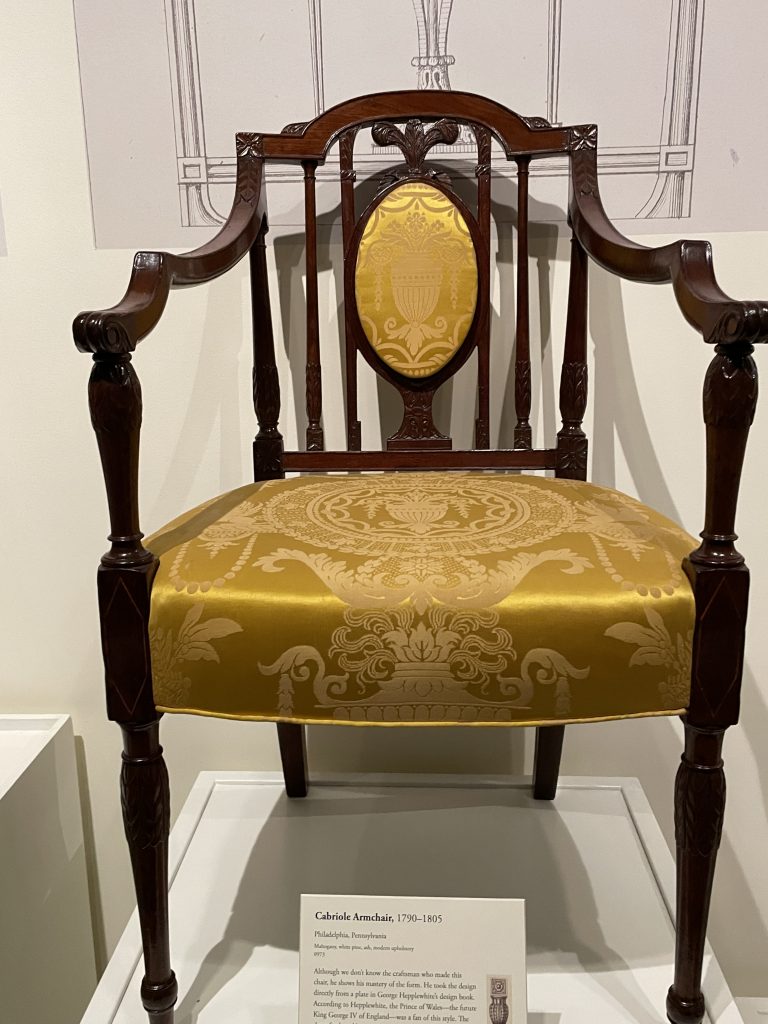
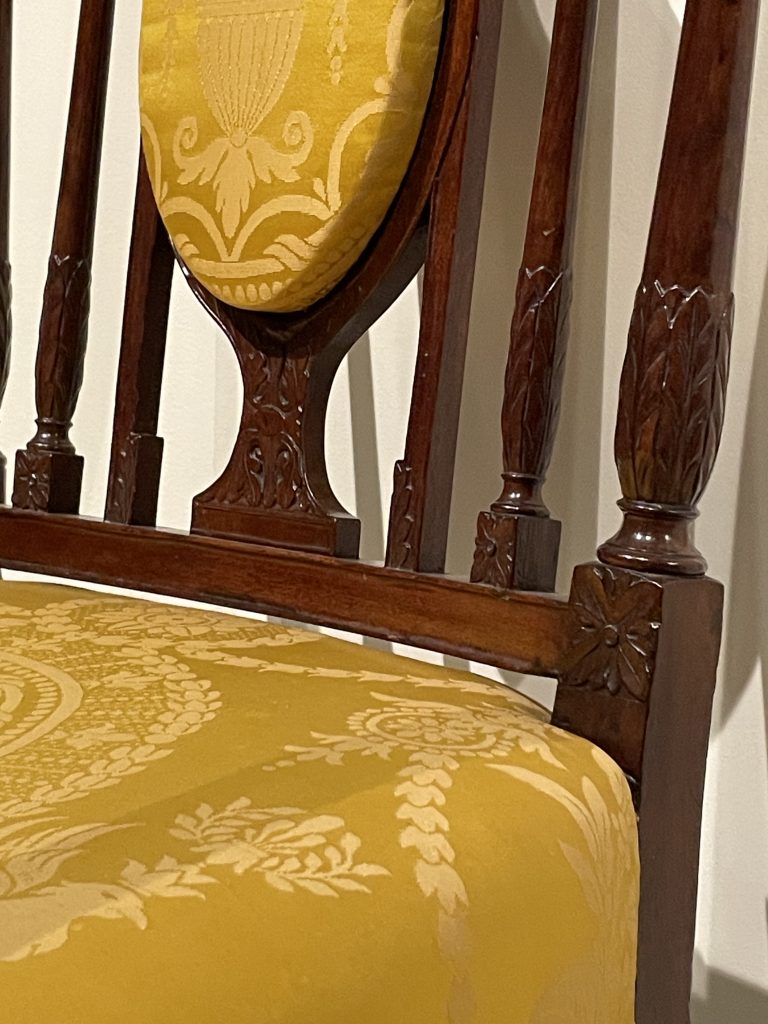
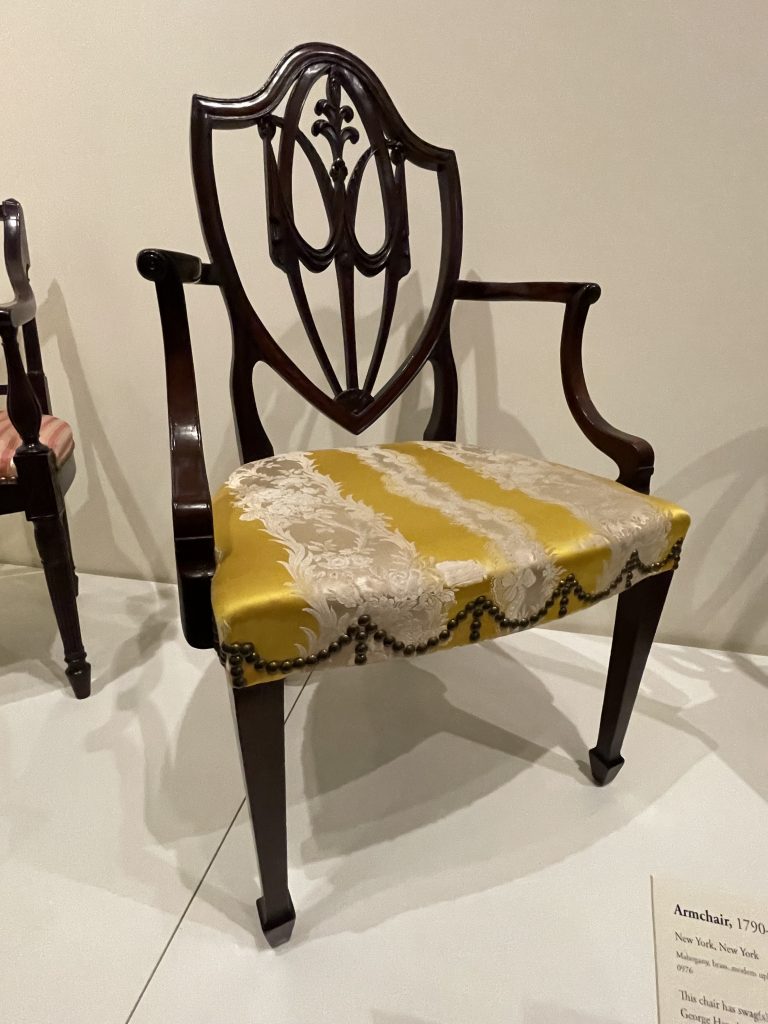
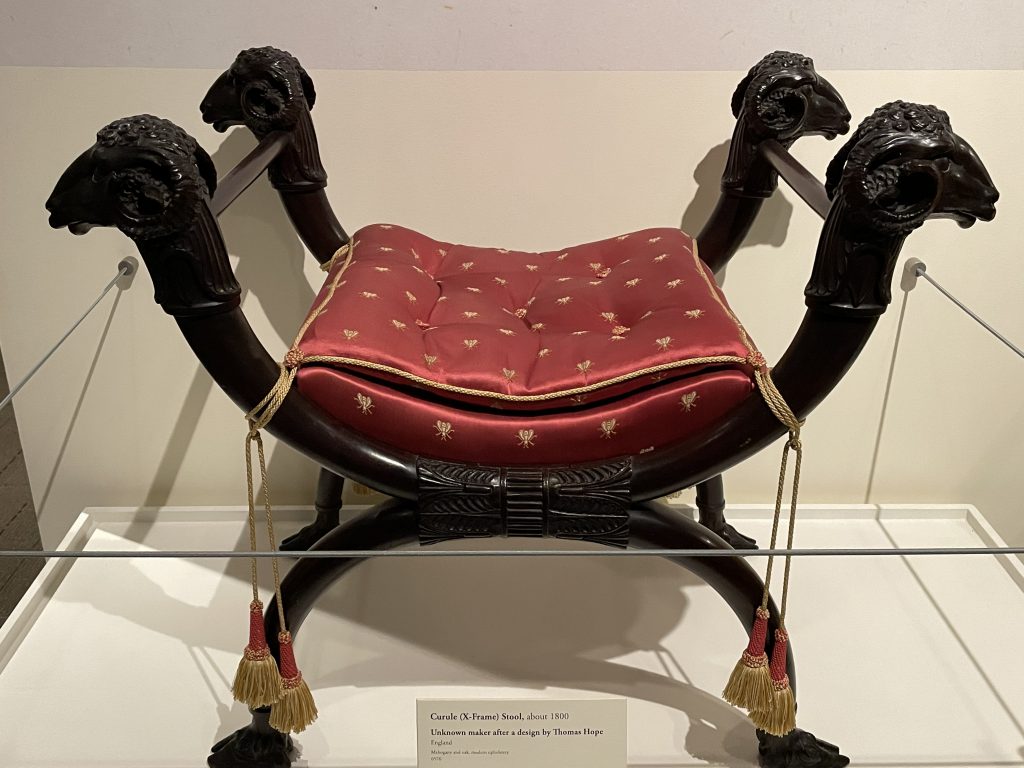
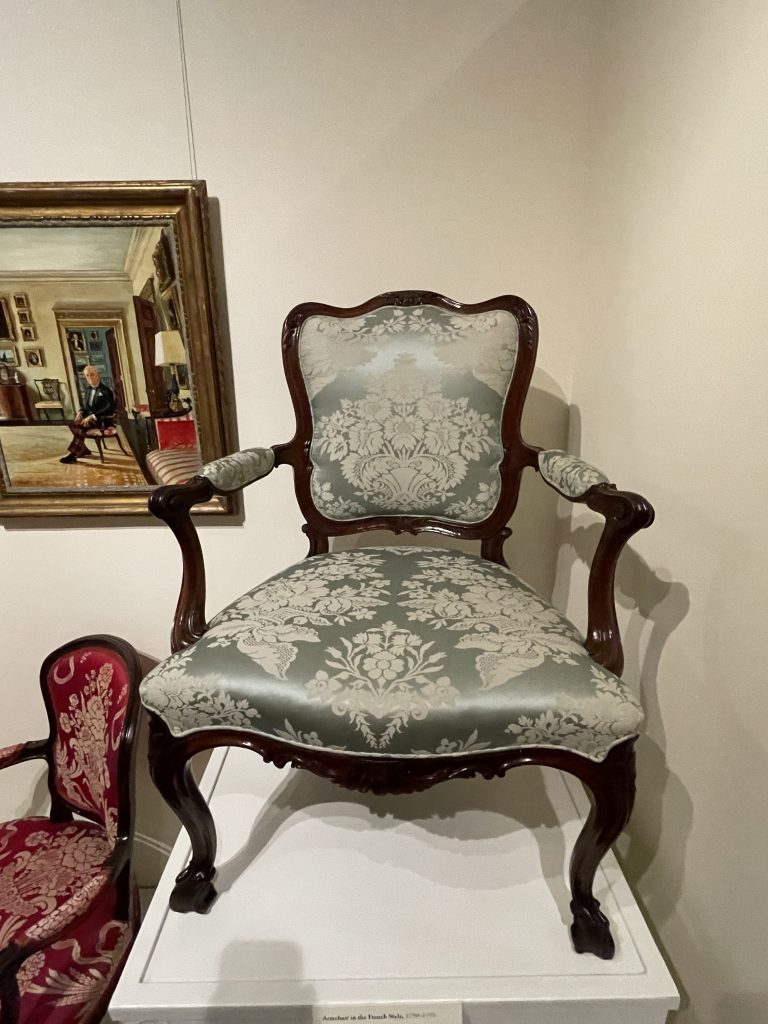

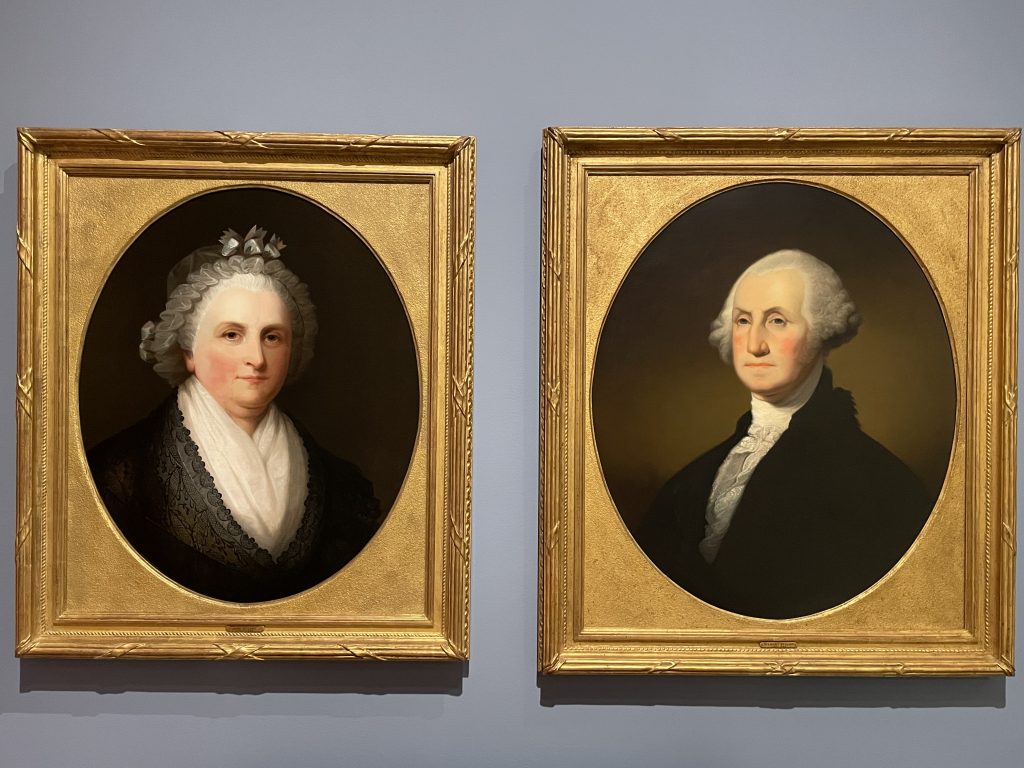
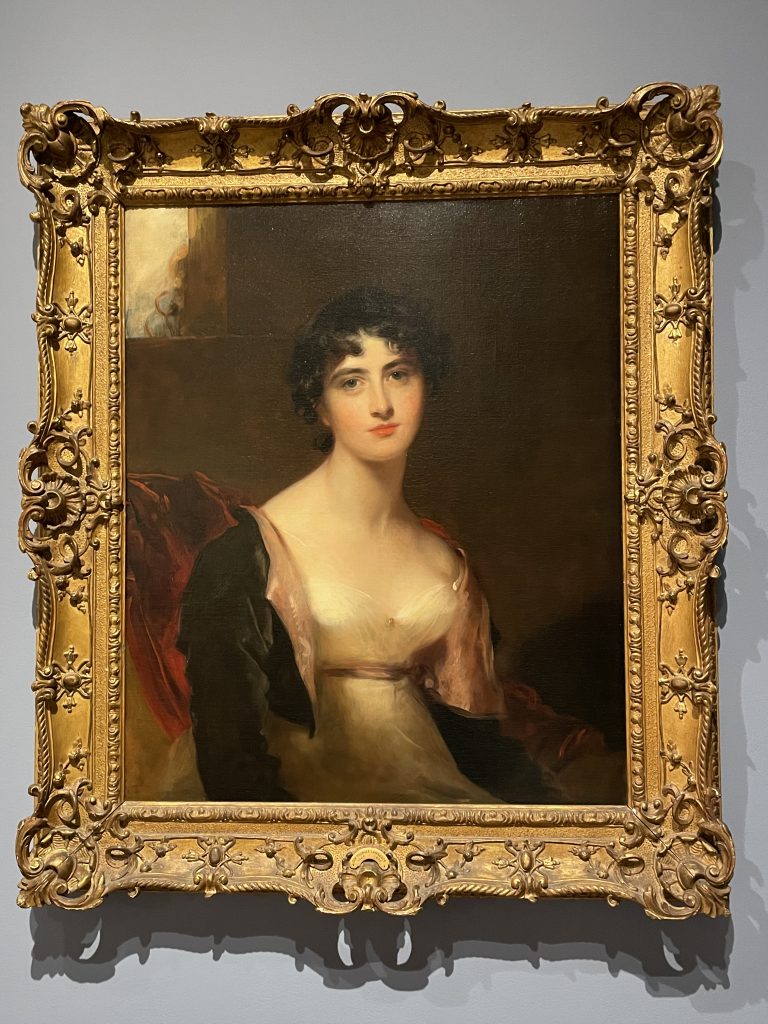
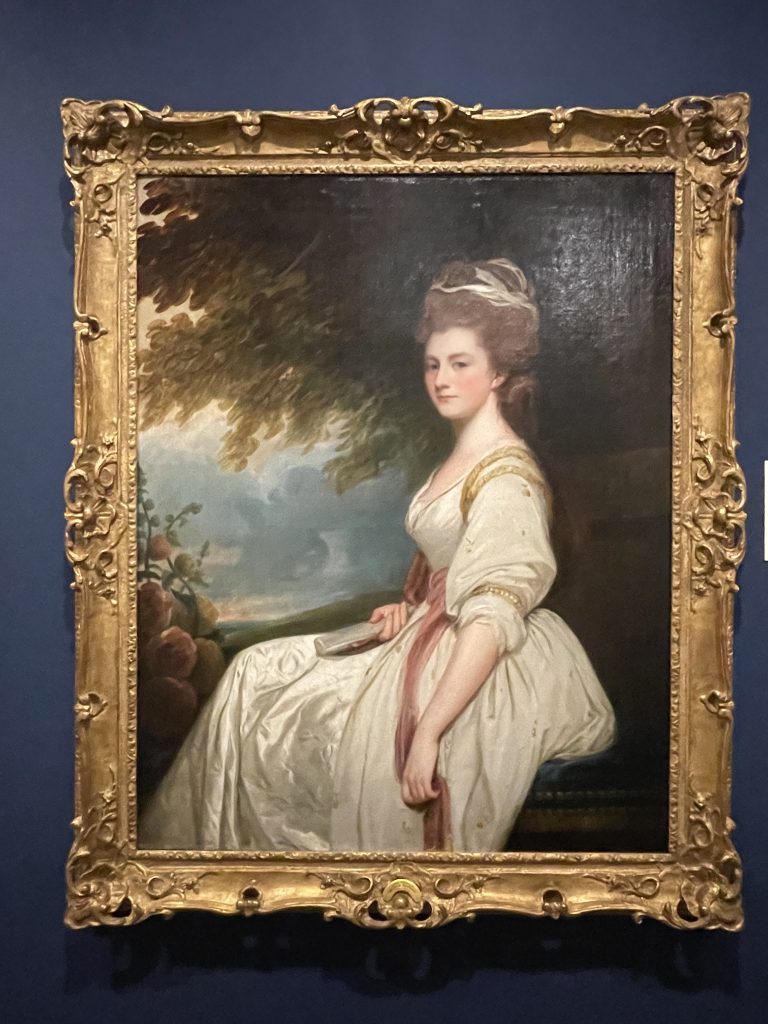
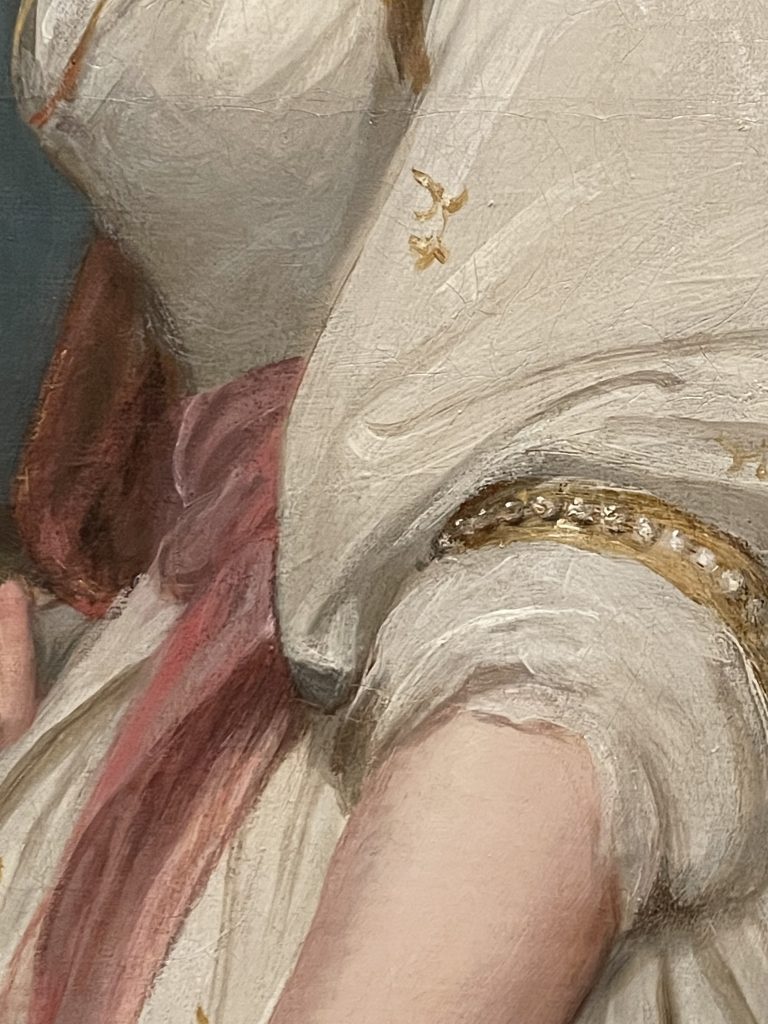
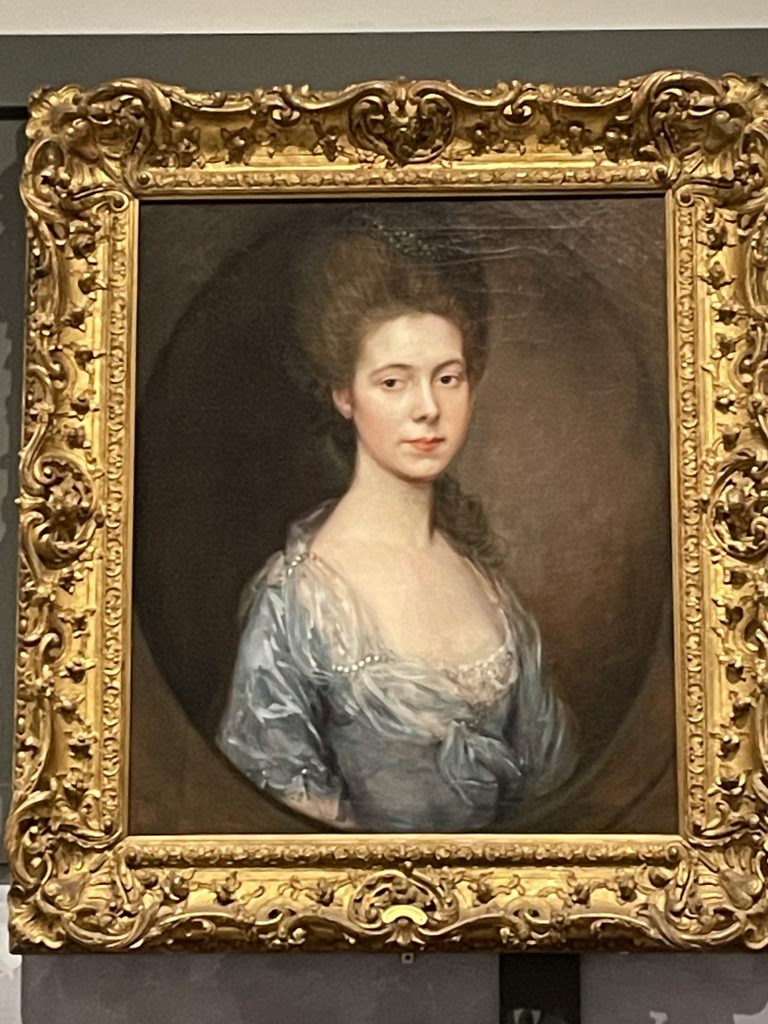
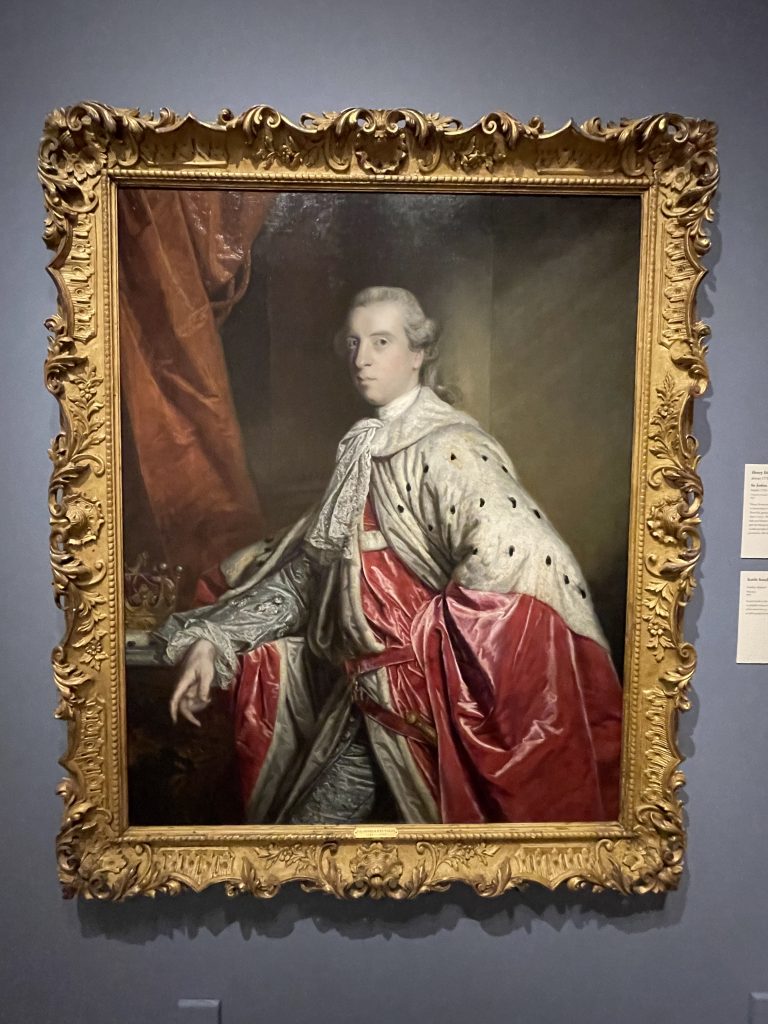
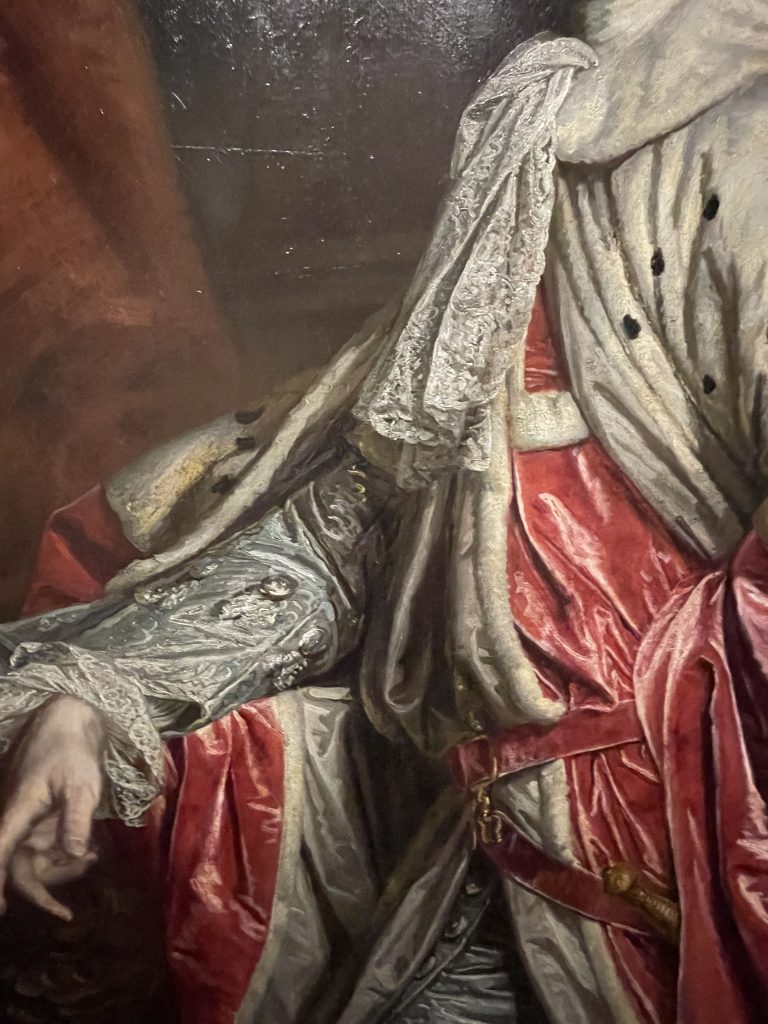





Another great post! I especially loved the Sarah Jones Decker exhibit of tiny figures in her garden! Whimsical indeed! I think I’ll try to put something like that in my garden… maybe you can help me!
Doug would love to help you with this!